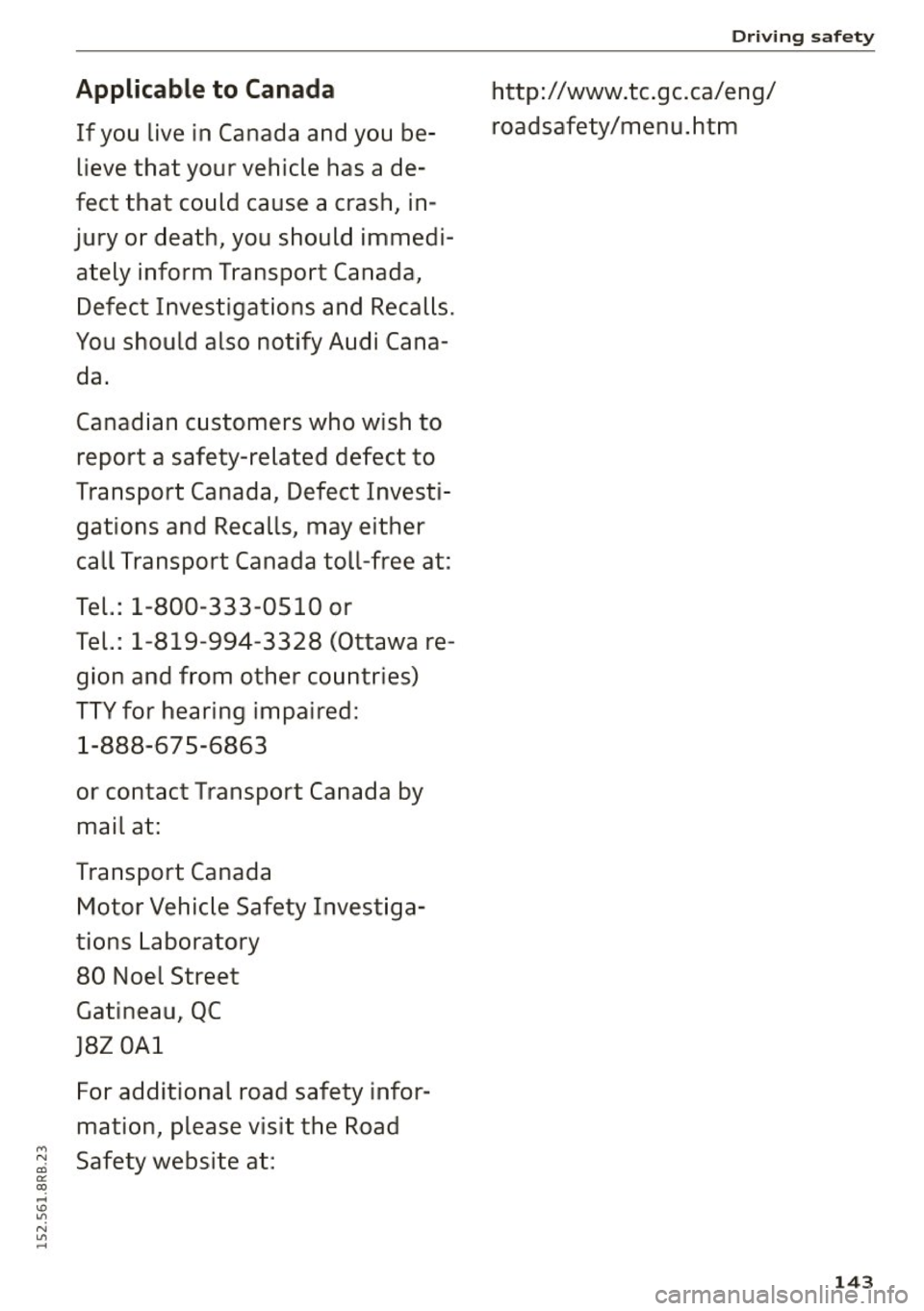Page 145 of 302
Applicable to C anad a
If you live in Canada and yo u be
lieve that your vehicle has a de
fect that could cause a crash, in
jury or death, you should immedi ately inform Transport Canada,
Defect Investigations and Recalls.
You should also notify Audi Cana
da .
Canadian customers who wish to
report a safety-re lated defect to
Transport Canada, Defect Invest i
gations and Recalls, may either
call Transport Canada toll-free at:
Tel.: 1-800-333-0510 or
T el.: 1-819-994-3328 (Ottawa re
gion and from other countr ies)
TTY for hearing impaired: 1 -888-675-6863
or contact Transport Canada by mail at :
T ransport Canada
Motor Vehic le Safety Investiga
tions Laboratory
80 Noel Street
Gatineau, QC
J8Z 0A l
For additional road safe ty infor
mation, please visit the Road
Safety website at:
Dr iv ing safety
http :// www .tc.gc.ca/eng/
roadsafety/menu.htm
14 3
Page 146 of 302
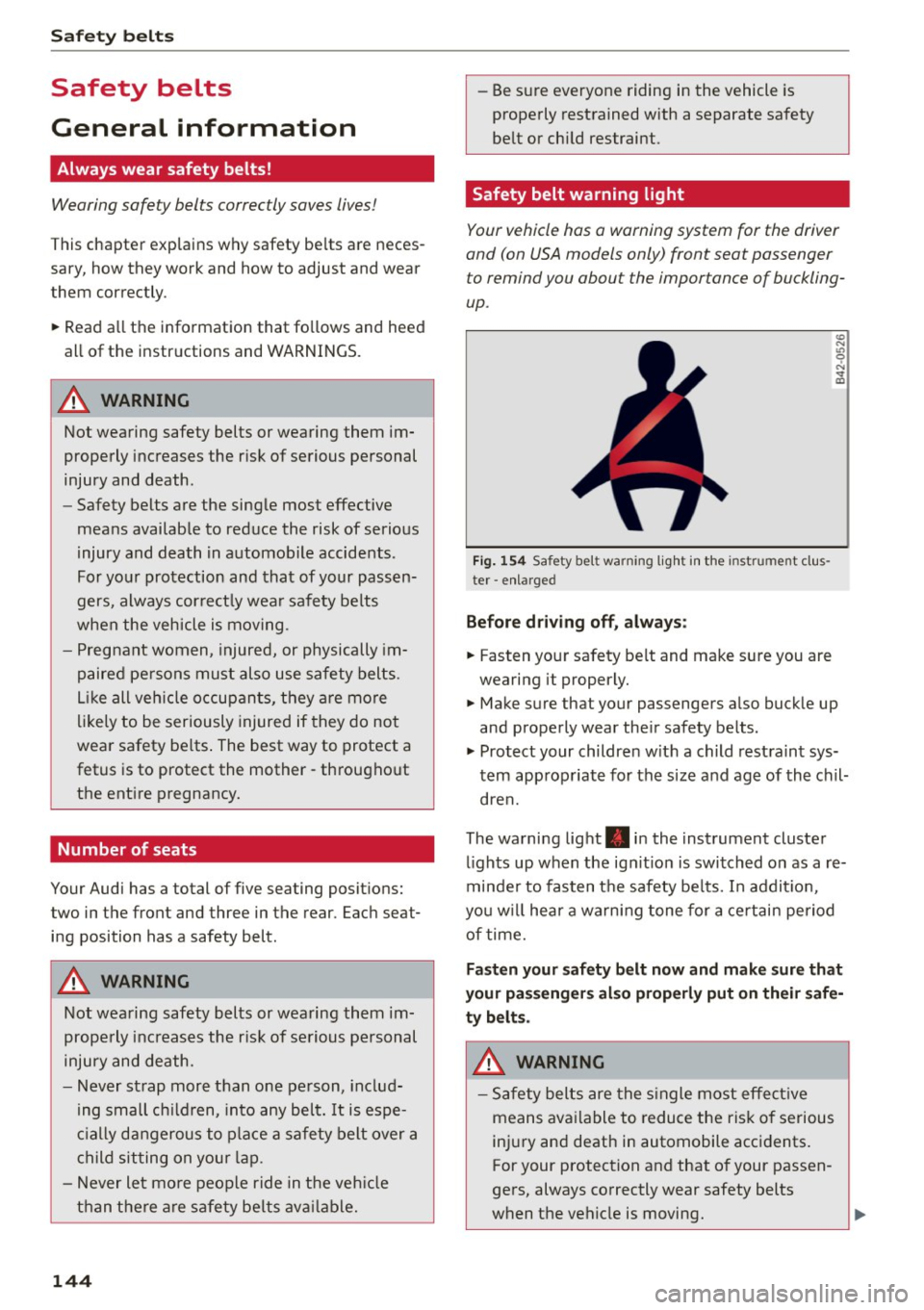
Safety belt s
Safety belts
General information
Always wear safety belts!
Wearing safety belts correctly saves lives!
This chapter explain s why safety be lts are neces
sary, how they work and how to adjust and wear
them correctly.
.. Read all the information that fo llows and heed
all of the instructions and WARNINGS.
&_ WARNING
Not wearing safety belts or wearing them im
properly increases the risk of serious personal
injury and death.
- Safety belts are the single most effective
means available to reduce the risk of serious
injury and death in automobile accidents.
For your protection and that of your passen
gers, always correct ly wear safety belts
when the vehicle is moving.
- Pregnant women, injured, or physically im
paired persons must also use safety belts.
L ik e all veh icle occupants, they are more
likely to be seriously injured if they do not
wear safety be lts . The best way to protect a
fetus is to protect the mother - throughout
the ent ire pregnancy.
Number of seats
Your Audi has a total of five seating positions:
two in the front and three in the rear. Each seat
ing position has a safety belt .
&_ WARNING
Not wearing safety belts or wearing them im
properly increases the risk of serious personal
injury and death.
- Never strap more than one person, includ
ing small ch ildren, into any belt. It is espe
cially dangerous to place a safety belt over a
child sitting on your lap.
- Never let more people ride in the vehicle
than there are safety belts available.
144
-Be sure everyone riding in the vehicle is
properly restrained with a separate safety
belt or child restraint.
Safety belt warning light
Your vehicle has a warning system for the driver
and (on USA models only) front seat passenger
to remind you about the importance of buckling
up .
Fig. 154 Safety belt warning light in the instrument cl us
ter -enlarged
Before driving off, always:
.. Fas ten your safety belt and make sure you are
wearing it properly .
(0
"'
"' 0 N
.. Make sure that your passengers also buckle up
and properly wear the ir safety belts .
.. Protect your children w ith a child restraint sys
tem appropriate for the siz e and age of the chil
dren.
The warning light . in the instrument cluster
lights up when the ign it ion is switched on as a re
minder to fasten the safety be lts. In addit io n,
you w ill hear a warning tone for a certain period
of time.
Fasten your safety belt now and make sure that
your passengers also properly put on their safe
ty belts.
&_ WARNING
-Safety belts are the single most effective
means ava ilable to reduce the risk of serious
injury and death in automobile accidents.
For your protection and that of your passen
gers, always correctly wear safety belts
when the vehicle is moving.
-
Page 147 of 302
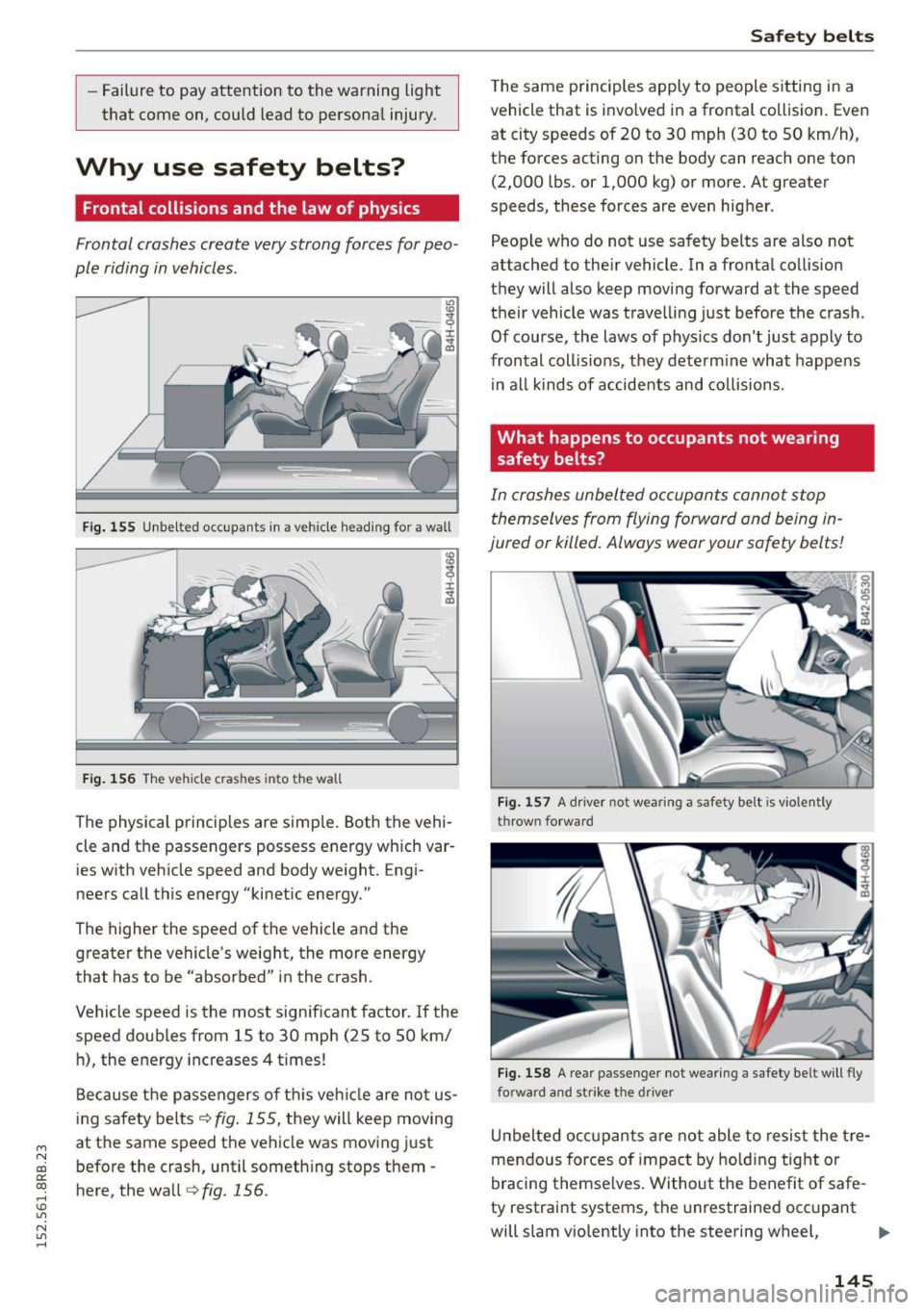
M N
co ~ co
rl I.O
"' N
"' rl
- Failure to pay attention to the warning light
that come on, could lead to personal injury.
Why use safety belts?
Frontal collisions and the law of physics
Frontal crashes create very strong forces for peo
ple riding in vehicles .
Fig. 155 Unbelted occupants in a vehicle heading for a wall
Fig. 156 The vehicle crashes into the wall
The physical principles are simp le. Both the vehi
cle and the passengers possess energy wh ich var
ies with vehicle speed and body weight. Engi
neers call this energy "kinetic energy."
The higher the speed of the vehicle and the
greater the vehicle's weight, the more energy
that has to be "absorbed" in the crash.
Vehicle speed is the most signif icant factor. If the
speed doubles from 15 to 30 mph (25 to SO km/
h), the energy increases 4 times!
Because the passengers of this vehicle are not us
ing safety belts¢
fig. 155, they will keep moving
at the same speed the vehicle was moving just
before the crash, until something stops them -
here, the wall¢
fig. 156.
Safety belts
The same principles apply to people sitting in a
vehicle that is invo lved in a frontal collision. Even
at city speeds of 20 to 30 mph (30 to 50 km/h),
the forces acting on the body can reach one ton
(2,000 lbs. or 1,000 kg) or more. At greater
speeds, these forces are even higher .
People who do not use safety belts are also not
attached to their vehicle. In a frontal collision
they will also keep moving forward at the speed
their vehicle was travelling just before the crash .
Of course, the laws of physics don't just apply to
frontal collisions, they determine what happens
in all kinds of accidents and co llisions.
What happens to occupants not wea ring
safety belts?
In crashes unbelted occupants cannot stop
themselves from flying forward and being in
jured or killed. Always wear your safety belts!
Fig. 157 A driver no t wearing a safety belt is violen tly
thrown forward
Fig. 158 A rear passenger not wearing a safety belt will fly
forward and strike the dr iver
Unbelted occupants are not able to resist the tre
mendous forces of impact by holding tight or
bracing themselves. Without the benefit of safe
ty restraint systems, the unrestrained occupant
will slam violently into the steering wheel, ..,_
145
Page 148 of 302
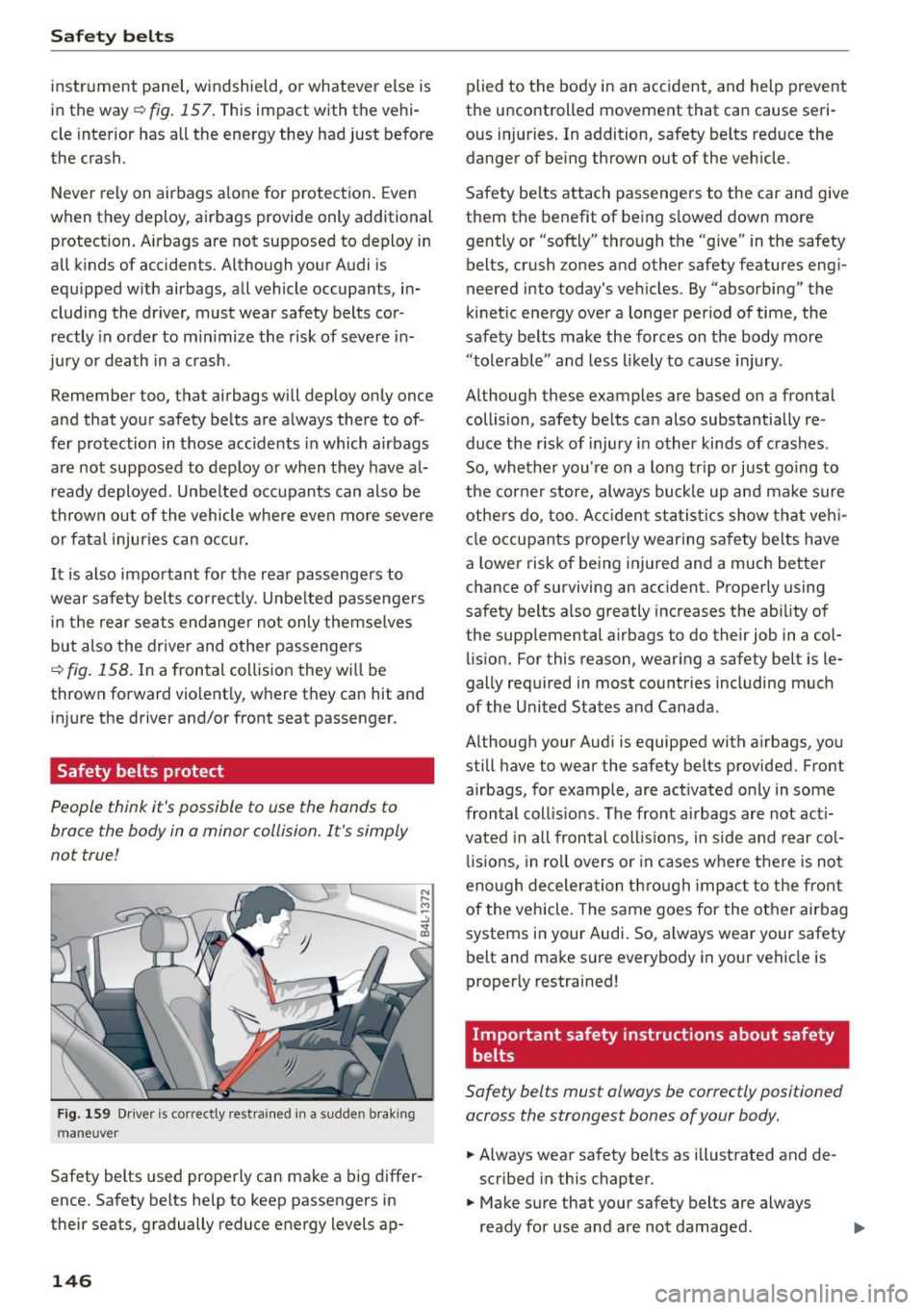
Safety belts
instrument panel, windshield, o r whatever else is
in the way~
fig. 157 . This impact with the vehi
cle interior has all the energy they had just before
the crash .
Never rely on airbags a lone for protection . Even
when they deploy, airbags provide only additional
protection . A irbags are not supposed to deploy in
all kinds of accidents. Although your Audi is
equipped w ith airbags, all vehicle occupants, in
cluding the driver, must wear safety belts cor
rectly in orde r to min imize the risk of severe in
jury o r death in a crash .
Remember too, that airbags will deploy only once
and that your safety be lts are always there to of
fer protection in those accidents in which airbags
are not supposed to deploy or when they have a l
ready deployed . Unbelted occupan ts can also be
thrown out of the vehicle where even mo re severe
or fata l injur ies can occur .
It is also important fo r the rear passenge rs to
wear safety belts co rrectly. Unbe lted passengers
i n t he rear seats endanger not only themselves
but also the driver and other passengers
~ fig . 158. In a frontal coll ision they wi ll be
thrown forward violent ly, where they can hit and
in jure the driver and/or front seat passenger.
Safety belts protect
People think it's possible to use the hands to
brace the body in a minor collision . It's simply
not true!
F ig . 1 59 Driver is co rr ect ly re st rained in a sudden b rak ing
m ane uver
Safety belts used properly can make a big differ
ence. Safety belts help to keep passengers in
their seats, gradually reduce energy levels ap-
146
plied to the body in an accident, and help prevent
the u ncontrolled movement that ca n cause seri
ous injuries . In addition, safety be lts reduce the
danger of being thrown out of the veh icle.
Safety be lts attach passengers to the car and give
them the benefit of being s lowed down more
gently or "softly" through the "give" in the safety
belts , cru sh zones and other safety features eng i
neered into today 's veh icles . By "absorbing" the
k inetic ene rgy over a longer period of time, the
safety belts make the forces on the body more "tolerable " and less likely to cause injury .
Although these examples are based on a frontal
collision , safety be lts can also substantially re
duce the r isk of injury in other kinds of crashes .
So, whether you're on a long tr ip or just go ing to
the cor ner store, always bu ckle up and make sure
others do , too. Ac ciden t sta tis tics show that veh i
cle occupants properly wearing sa fety belts have
a lower risk of be ing injured and a much better
chance of surviv ing an accident. Properly using
safety belts also greatly increases the ab ility of
the supp lemental airbags to do their job in a col
li sion. For this reason, wear ing a safety belt is le
gally required in most countries including much
of the United States and Canada .
Although your Audi is equipped with a irbags, you
still have to wear the safety belts provided. Front airbags, for example, are activated only in some
frontal coll is ions . The front airbags are not acti
vated in all frontal col lisions, in s ide and rear co l
li sions, in ro ll overs o r in cases whe re there is not
enough deceleration th ro ugh impac t to the front
of the vehicle . T he same goes for the other airbag
systems in your Audi. So, always wear your safety
belt and make sure everybody in your vehicle is
proper ly restrained!
Important safety instructions about safety
belts
Safe ty belts must always be correctly positioned
acros s the strongest bones of your body .
.,. Always wear safety belts as illustrated and de
scribed in this chapter .
.,. Make sure that your safety belts are always
ready for use and are not damaged .
Page 149 of 302

M N
co ~ ex:, rl I.O
"' N
"' rl
A WARNING
Not wearing safety belts or wearing them im
properly increases the risk of serious personal
injury and death. Safety belts can work only
when used correctly .
- Always fasten your safety belts correctly be
fore driving off and make sure al l passen
gers are correctly restrained.
- For maximum protection, safety belts must
always be pos itioned properly on the body.
- Never strap more than one person, includ
ing small ch ildren, into any belt.
- Never place a safety belt over a child sitting
on your lap.
- Always keep feet in the footwell in front of
the seat while the vehicle is being driven.
- Never let any person ride with their feet on
the instrument panel or sticking out the
window or on the seat.
- Never remove a safety belt while the vehicle
is moving . Doing so will increase your risk of
being injured or killed.
- Never wear belts twisted.
- Never wear belts over rigid or breakable ob-
jects in or on your clothing, such as eye
glasses, pens, keys, etc., as these may cause
injury.
- Never allow safety belts to become dam
aged by being caught in door or seat hard
ware.
- Do not wear the shoulder part of the belt
under your arm or otherwise out of position.
- Several layers of heavy clothing may inter
fere with correct positioning of belts and re duce the overall effectiveness of the system.
- Always keep belt buckles free of anything
that may prevent the buckle from latching
securely.
- Never use comfort clips or devices that cre
ate slack in the shoulder be lt. However, spe
cial clips may be required for the proper use
of some child restraint systems.
- Torn or frayed safety belts can tear, and
damaged belt hardware can break in an acc i
dent. Inspect belts regularly. If webb ing,
bind ings, buckles, or retracto rs are dam-
Safety belts
aged, have belts replaced by an authorized
Audi dealer or qualified workshop.
- Safety belts that have been worn and loaded
in an accident must be replaced with the
correct replacement safety belt by an au
thorized Audi dealer. Replacement may be
necessary even if damage cannot be clearly
seen. Anchorages that were loaded must al
so be inspected.
- Never remove, modify, d isassemble, o r try
to repair the safety belts yourself.
-Always keep the belts clean. Dirty belts may not work properly and can impair the func
tion of the inertia reel~
table Internal
cleaning on page 210.
Safety belts
Fastening safety belts
Safety first -everybody buckle up!
Fig. 160 Belt buck le and tongue on the d rive r's seat
To provide maximum protection, safety belts
must always be positioned correctly on the wear
er's body.
.. Adjust the front seat and head restraint proper
ly
q page 63, General information.
.. Make sure the seatback of the rear seat bench is
in an upright position and securely latched in
place before using the belt
q .&, .
.. Ho ld the belt by the tongue and pull it even ly
across the chest and pelvis ¢.&_ .
.. Insert the tongue into the correct buckle of
your seat until you hear it latch securely
q fig. 160.
.. Pull on the belt to make sure that it is securely
latched in the buckle.
Ill>
147
Page 150 of 302

Safety belts
Autom atic safet y belt retractors
Every safety belt is eq uipped w ith an automatic
be lt retractor on the shou lder belt. This feature
locks the belt when the be lt is pulled o ut fast,
during hard brak ing and in an accident . The belt
may also lock when you drive up or down a steep
hill or through a sharp curve. During normal driv
ing the belt lets you move freely.
S afety belt pre te n sioners
The safety be lts are equipped with a belt preten
sioner that helps to t ighten the safety belt and
remove s lack when the pretensioner is activated .
The function of the pretensioner is monitored by
a warning light
r:::') page 16.
Swi tchable lo cking feature
Every safety belt except the one on the driver
seat is equipped w ith a switchable locking fea
ture that
must be used when the safety belt is
used to attach a child safety seat. Be sure to read
the important informat ion about th is feature
r=;, page 181 .
.&_ WARNING
Improperly positioned safety belts can cause
ser ious injury in an accident¢
page 148,
Safe ty belt position.
- Safety belts offer optimum protection only
when the seatback is upright and belts are
properly positioned on the body.
- Always make sure that the rea r seat back
rest to which t he center rear safety belt is
attached is securely latched whenever the
rear center safety belt is being used . If the
backrest is not securely latched, the passen
ger will move forward with the backrest dur
ing sudden braking, in a sudden maneuver
and especially in a crash.
- Never attach the safety belt to the buck le
for another seat. Attaching the belt to the
wrong buckle will reduce safety be lt effec
t iveness and can cause serious persona l in
jury .
- A passenger who is not properly restrained
can be se riously in ju red by the safety belt it
self when it moves from the stronger parts
148
of the body into critical areas like the abdo
men.
- Always lock the convertible locking retractor
when you are secur ing a child safety seat in
the vehicle
r=;, page 183.
Safety belt position
Correct belt position is the key to getting maxi
mum protection from safety belts .
Fig. 161 Safety belt posit ion
-"' .... 9 I ... a,
Standard features o n your veh icle help you adjust
the position of the safety belt to match your body
s ize .
- belt he ight adjustment fo r the front seats,
- height-adjustable front seats.
.&_ WARNING
Imp roperly posit ioned safety be lts can cause
serious pe rsonal injury i n an accident.
- The shou lder belt should lie as close to the
center of the collar bone as possib le and
should fit well on the body . Ho ld the belt
above the latch to ngue and pull it evenly
across the chest so that it sit s as low as pos
sib le on the pe lvis and there is no pressure
on the abdomen . The belt should always fit
snug ly ¢
fig. 161. Pull on the belt to tighten
if necessary.
- The lap be lt po rtion of the safety belt must
be positioned as low as possi ble across pel
vis and never over the abdomen. Make sure
the belt lies flat and snug
¢fig. 161. Pull on
the belt to tighten if necessary.
- A loose-fitting safety belt can ca use serious
in juries by sh ifting its position on your body
~
Page 151 of 302
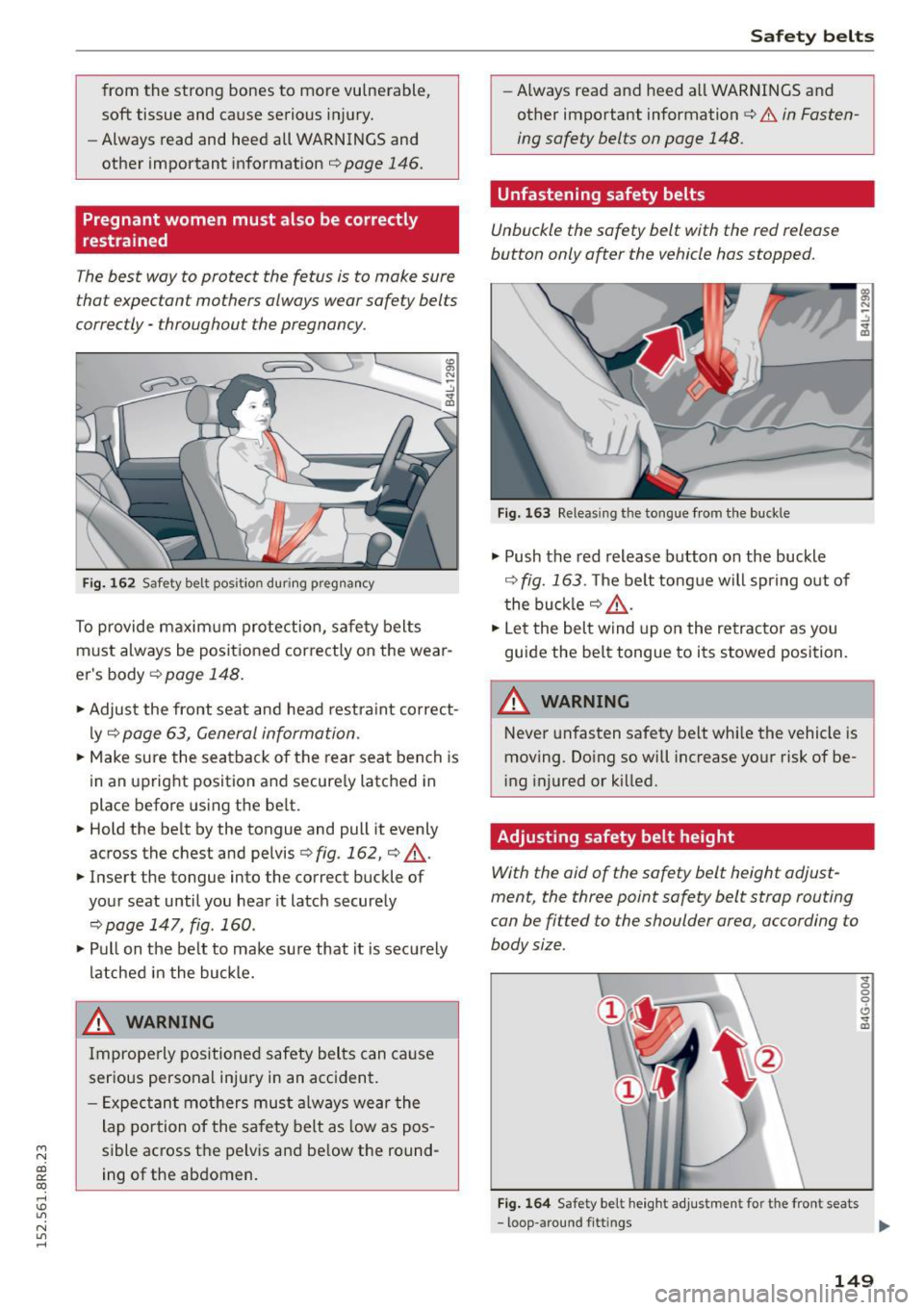
M N
co ~ co
rl I.O
"' N
"' rl
from the strong bones to more vulnerable,
soft tissue and cause serious injury.
- Always read and heed all WARNINGS and
other important information
i::> page 146 .
Pregnant women must also be correctly
restrained
The best way to protect the fetus is to make sure
that expectant mothers always wear safety belts
correctly -throughout the pregnancy .
Fig. 162 Safety belt position during preg nancy
To provide maximum protection, safety belts
must always be positioned correct ly on the wear
er's body
i::> page 148.
• Adjust the front seat and head restraint correct
ly
c:> page 63, General information .
• Make sure the seatback of the rear seat bench is
in an upright position and secure ly latched in
place before using the be lt.
• Hold the belt by the tongue and pull it evenly
across the chest and pelvis
c:> fig . 162, c:> &_ .
• Insert the tongue into the correct buckle of
your seat until you hear it latch securely
i=:>page 147 , fig . 160 .
•Pullon the belt to make sure that it is securely
latched in the buckle.
_& WARNING ,..__
Improperly positioned safety belts can cause
serious personal injury in an accident.
- Expectant mothers must always wear the
lap portion of the safety belt as low as pos
sible across the pelvis and below the round
ing of the abdomen.
Safety belts
-Always read and heed all WARNINGS and
other important information
c:> & in Fasten
ing safety belts on page 148 .
Unfastening safety belts
Unbuckle the safety belt with the red release
button only a~er the vehicle has stopped.
Fig. 163 Releas ing the tongue from the buck le
.,. Push the red release button on the buckle
i=:> fig. 163. The belt tongue will spring out of
the buckle
i::> &_.
• Let the belt wind up on the retractor as you
guide the belt tongue to its stowed position.
_& WARNING
Never unfasten safety belt while the vehicle is
moving . Do ing so will increase your risk of be
i ng injured or killed.
Adjusting safety belt height
With the aid of the safety belt height adjust
ment, the three point safety belt strap routing
can be fitted to the shoulder area, according to
body size .
Fig. 164 Safety belt height adjustmen t fo r the front seats
... 0 0
0
6 ... a,
- loop-around fittings ..,.
149
Page 152 of 302

Safe ty belt s
The shou lder belt should lie as close to the center
of the collar bone as possib le and should fit well
on the body
c::> A in Safety belt position on
page 148.
"' Push
the loop -around fittings up c::> fig. 164 @,
or
"'squeeze together the (D button, and push the
loop-around fittings
do wn @.
"'Pull the belt to make sure that the upper at
tachment is properly engaged.
A WARNING
Always read and heed all WARNINGS and oth
er important information
c::> page 146.
(D Tips
With the front seats, the height adjustment of the seat can also be used to adjust the po
sition of the safety belts .
Improperly worn safety belts
Incorrectly positioned safety belts can cause se
vere injuries.
Wearing safety belts improperly can cause seri
ous injury or death. Safety belts can only work
when they are correctly posit ioned on the body .
Improper seating pos it ions reduce the effective
ness of safety be lts and will even increase t he risk
of injury and death by moving the safety be lt to
cr itical areas of the body. Improper seating posi
tions a lso increase the risk of serious injury and
death when an airbag deploys and strikes an oc
cupant who is not in the correct seating posit ion.
A dr iver is responsible for the safety of all vehicle
occupants and espec ially for children. Therefore :
"' Never permit anyone to assume an incorrect sit -
ting position in the vehicle while traveling
c> _& .
A WARNING
Improperly worn safety belts increase the risk
of serious personal injury and death whenever
a vehicle is being used.
- Always make sure that all vehicle occupants
are correctly restrained and stay in a correct
150
seating position whenever the vehicle is being used.
- Always read and heed a ll WARNINGS and
other important information
c> page 146.
Belt tensioners
· How safety belt pretensioners work
In front, side and rear-end collisions above a
particular severity and in a rollover, safety belts
are tensioned automatically.
The safety belts are equipped with safety belt
pretensioners . The system is act ivated by sensors
i n front, side and rear-end coll is ions of great se
verity and in a rollover . This tightens the belt and
takes up belt s lack
c::> .&. in Service and disposal of
safety belt pretensioner on page 151.
T aking up
the slack helps to reduce forward occupant
movement during a collision.
(D Note
Neve r let the belt remain ove r a rear seatback
that has been folded forward .
(D Tips
The safety belt pretensioner can only be acti
vated once.
- In minor frontal and s ide collisions, in rear
end co llisions and in acc idents involving
very little impac t fo rce, the safety belt pre
tensioner are not activated.
- When the safety belt pretensione rs are acti
vated, a f ine dust is released. This is normal
and is not caused by a fi re in the vehicle.
- T he re levant safety requirements mus t be
observed when the vehicle or components
of the system are scrapped . An authorized
Audi dealer or qua lified wor kshop is familia r
with these regulations and will be pleased
to pass on the information to you.
- Be sure to observe all safety, env ironmental
and other regu lations if the veh icle or indi
vidual parts of the system, part icu larly the
safety belt or airbag, are to be disposed. We
recommend yo u have your author ized Audi
dea ler perform this service for you.
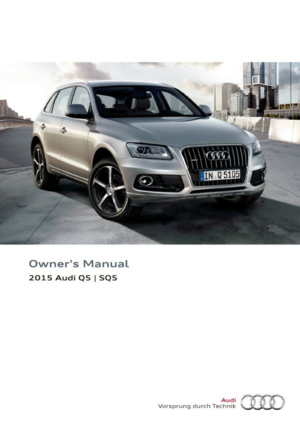 1
1 2
2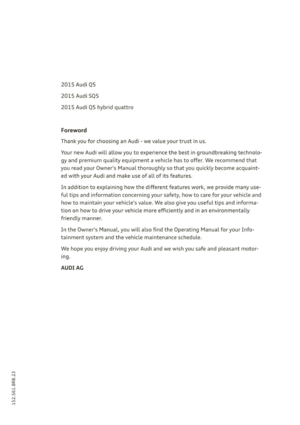 3
3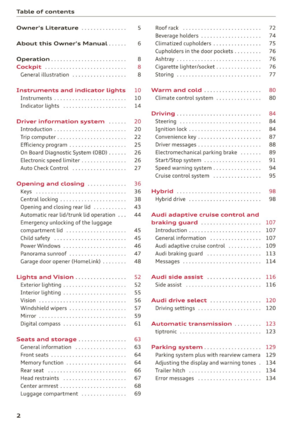 4
4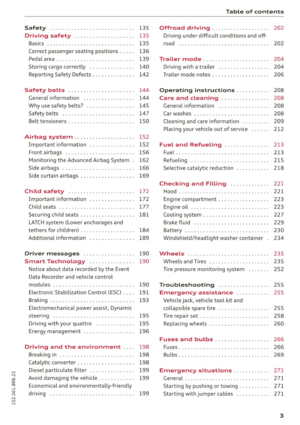 5
5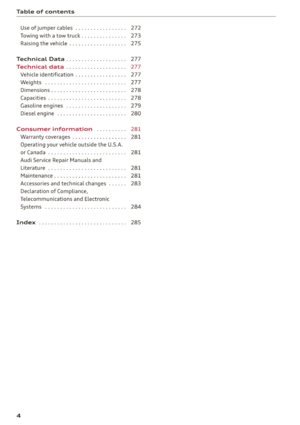 6
6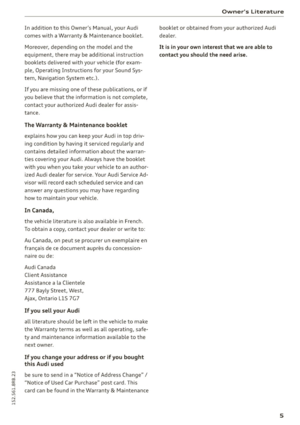 7
7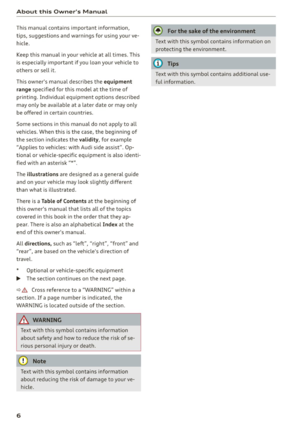 8
8 9
9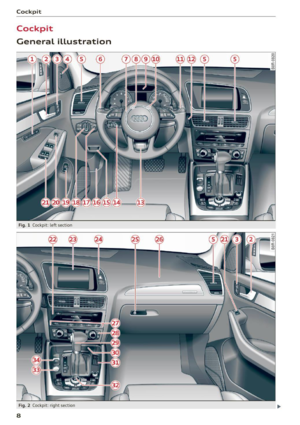 10
10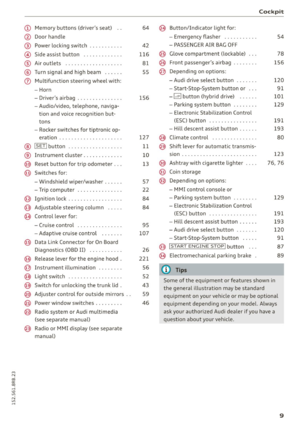 11
11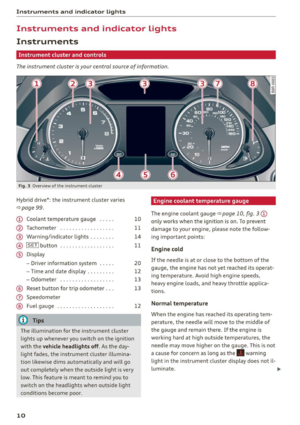 12
12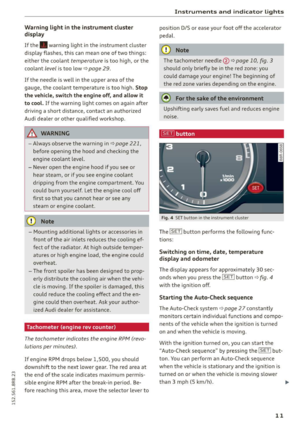 13
13 14
14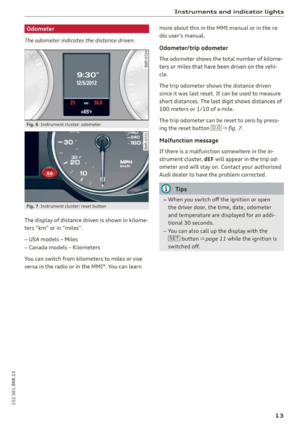 15
15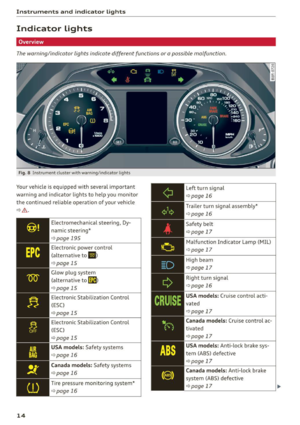 16
16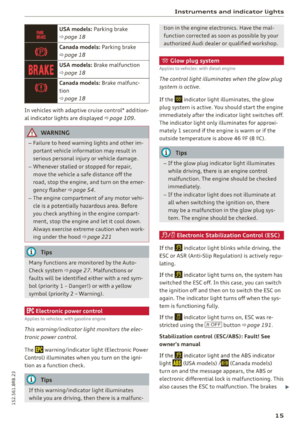 17
17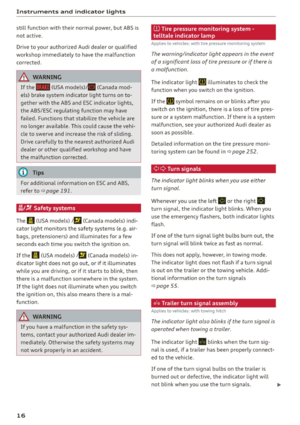 18
18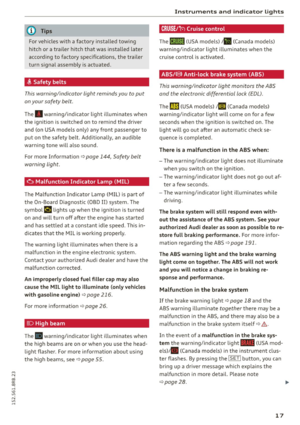 19
19 20
20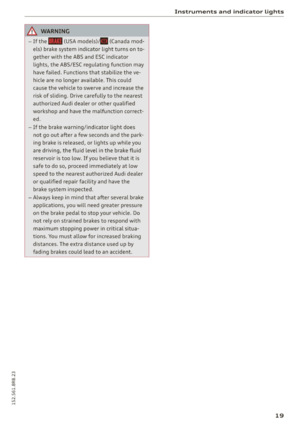 21
21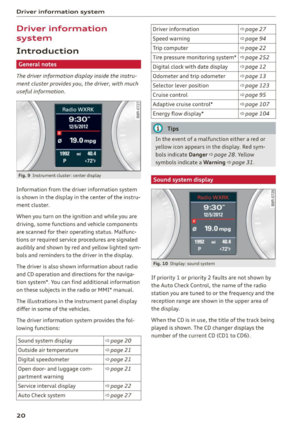 22
22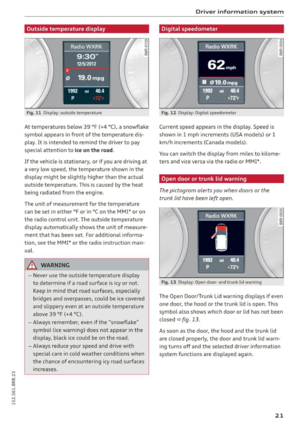 23
23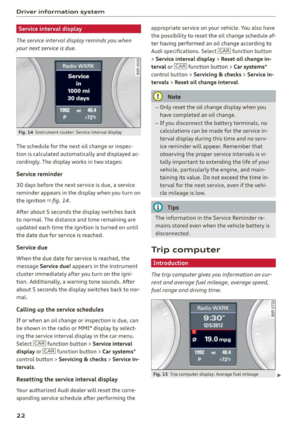 24
24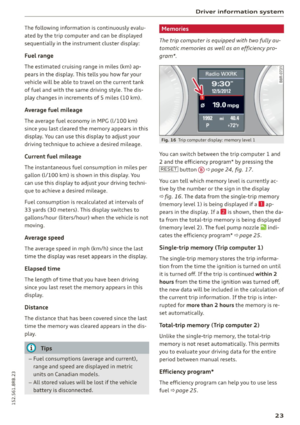 25
25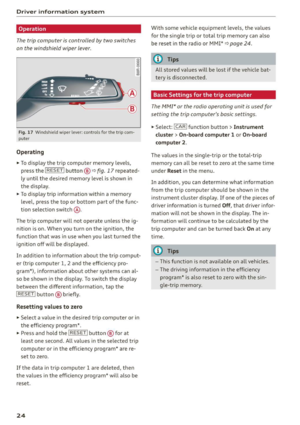 26
26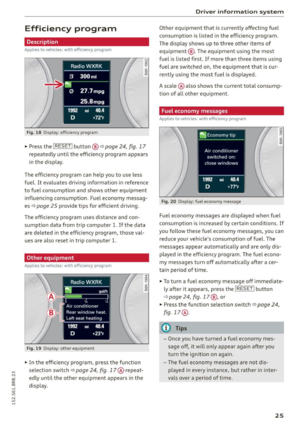 27
27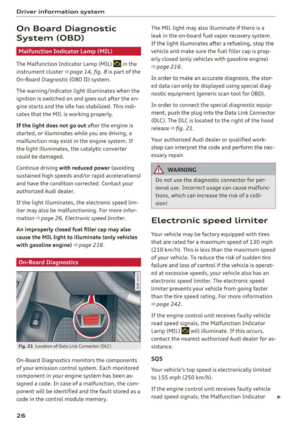 28
28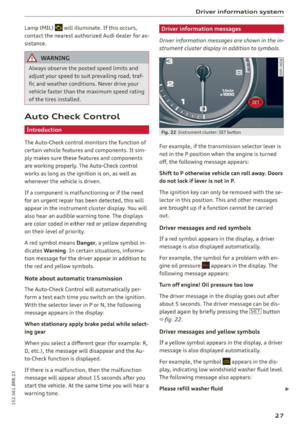 29
29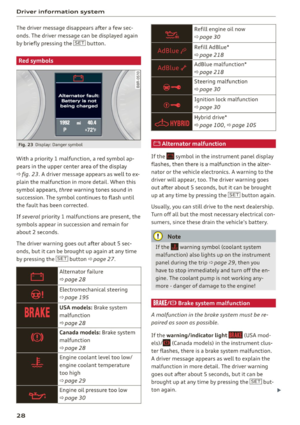 30
30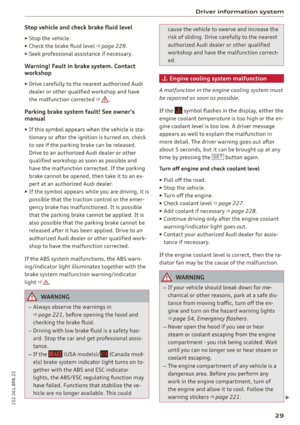 31
31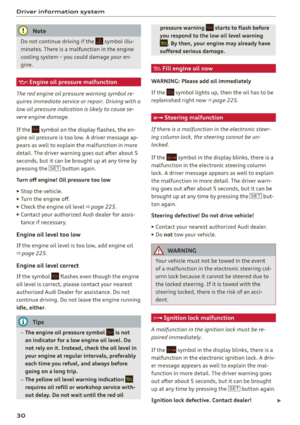 32
32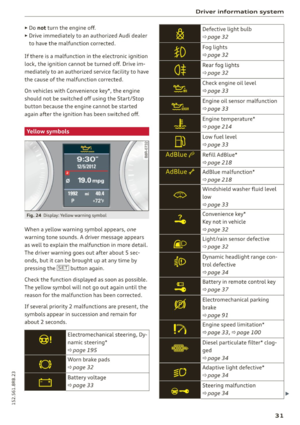 33
33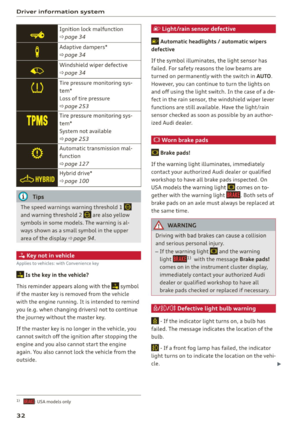 34
34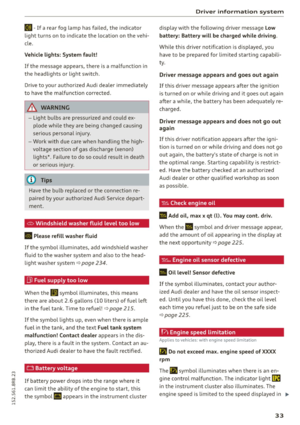 35
35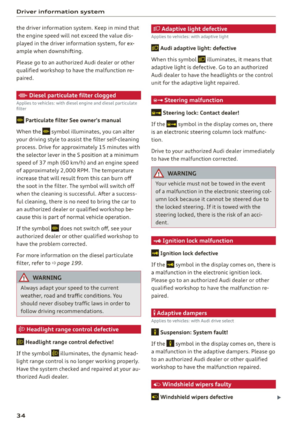 36
36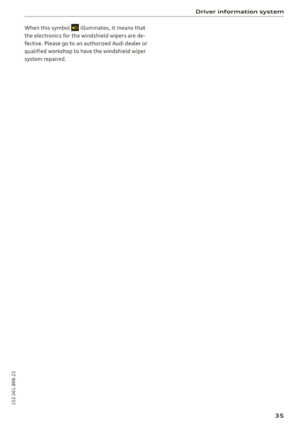 37
37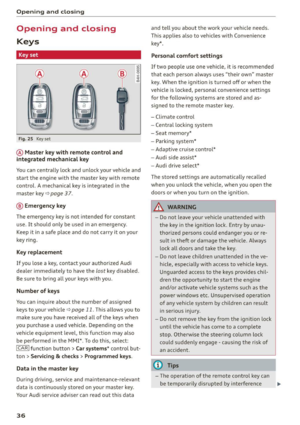 38
38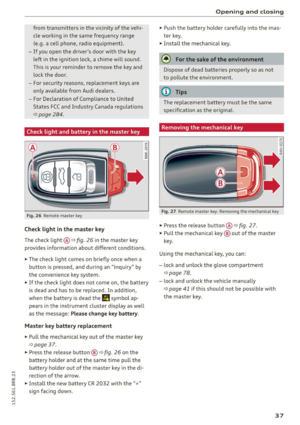 39
39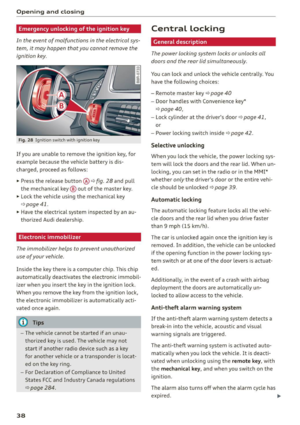 40
40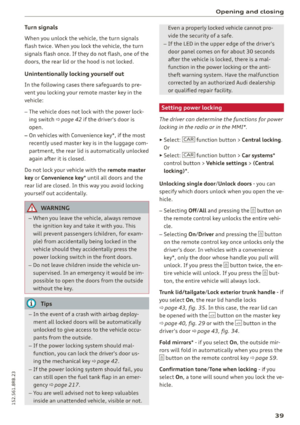 41
41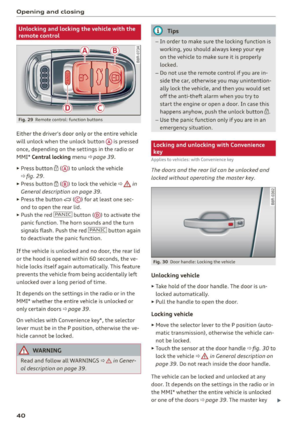 42
42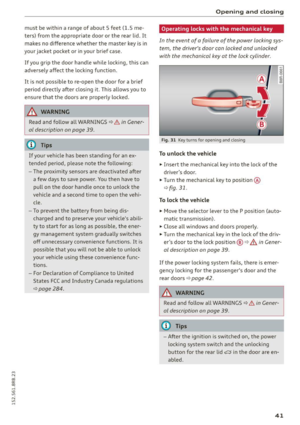 43
43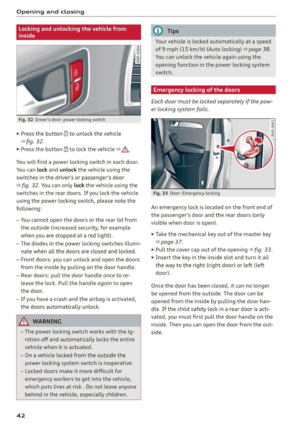 44
44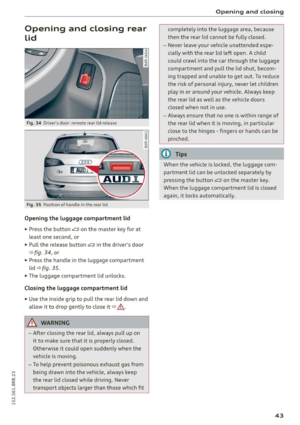 45
45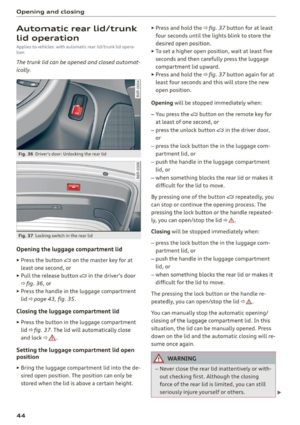 46
46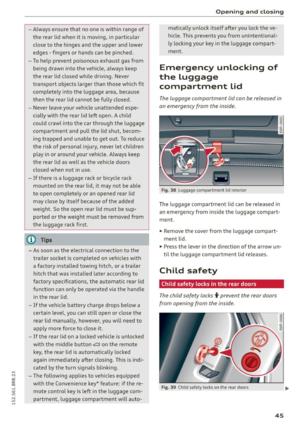 47
47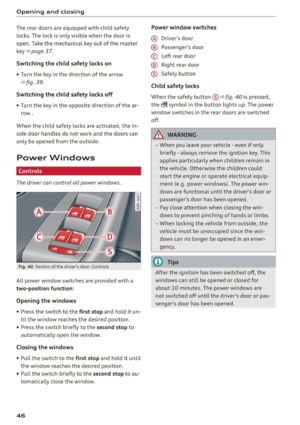 48
48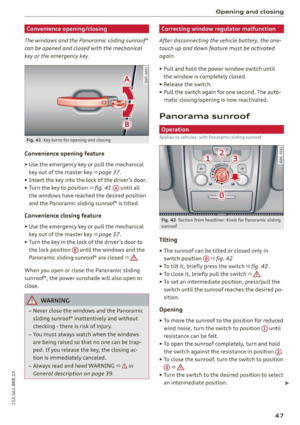 49
49 50
50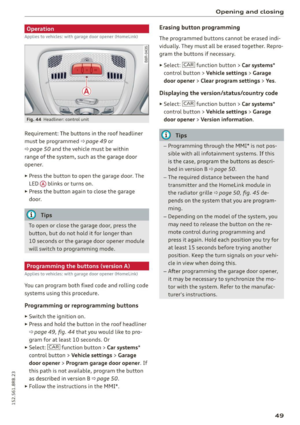 51
51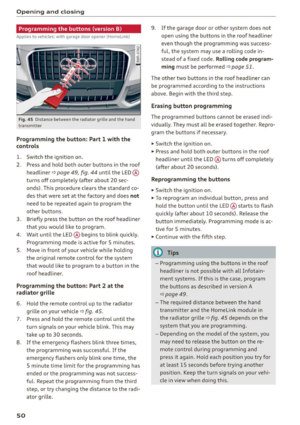 52
52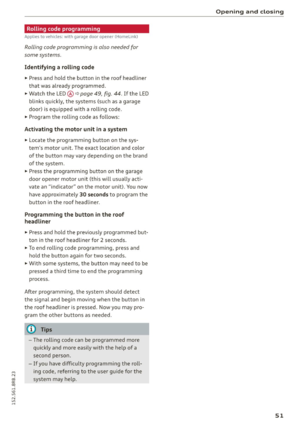 53
53 54
54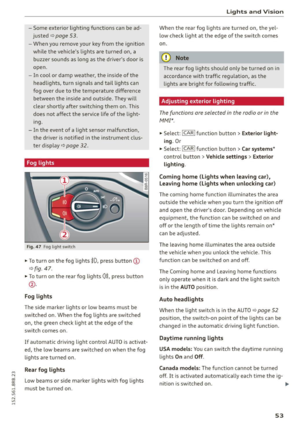 55
55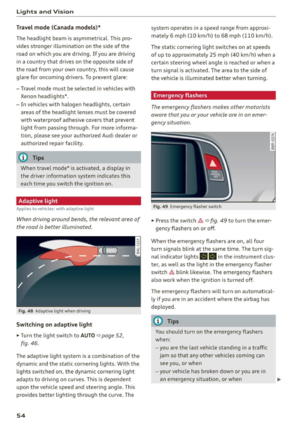 56
56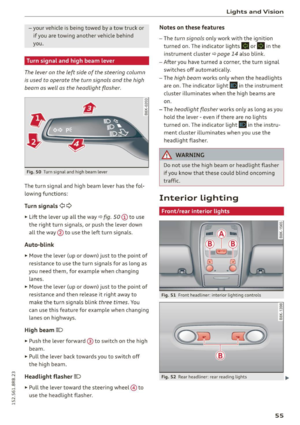 57
57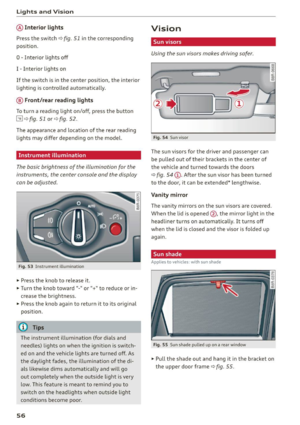 58
58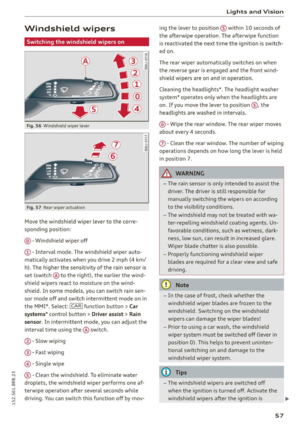 59
59 60
60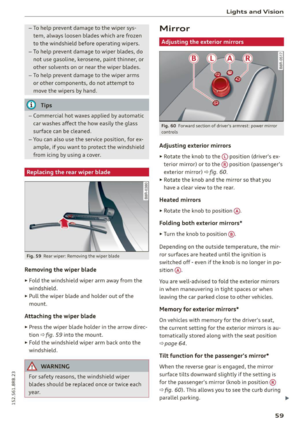 61
61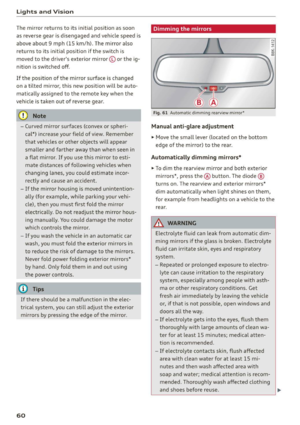 62
62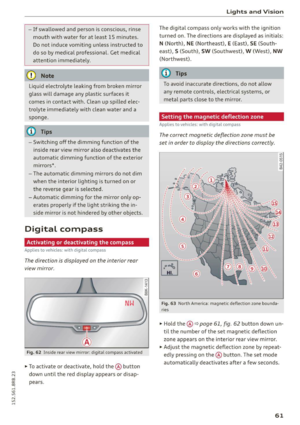 63
63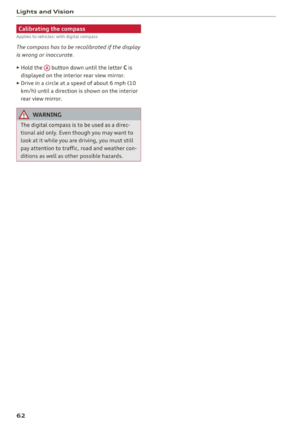 64
64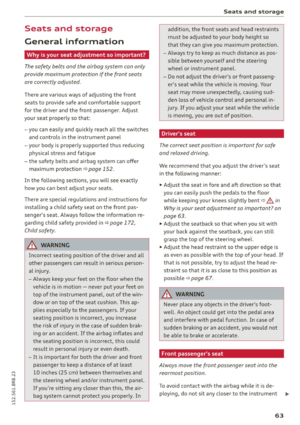 65
65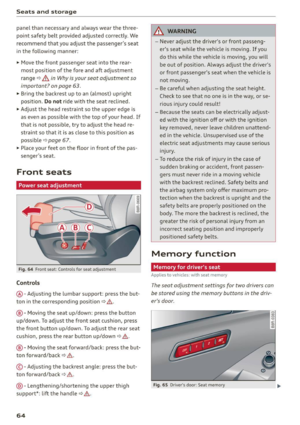 66
66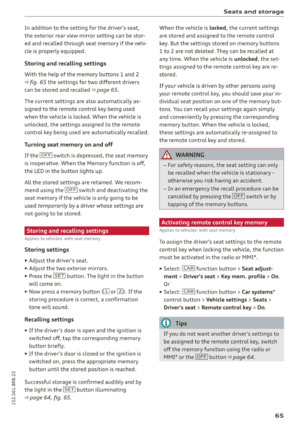 67
67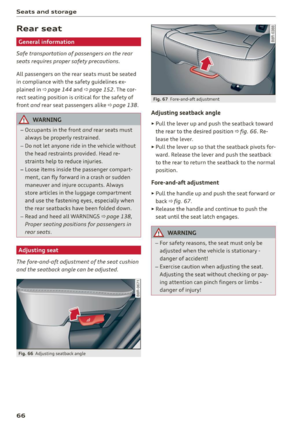 68
68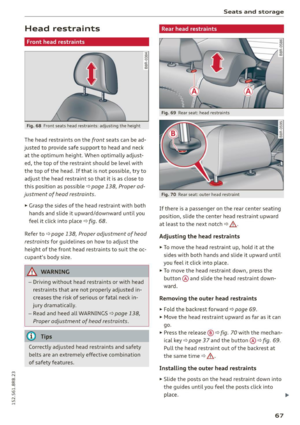 69
69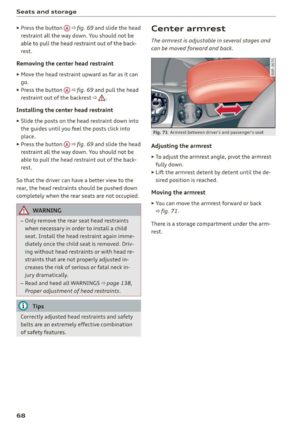 70
70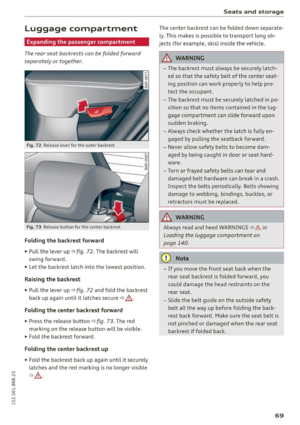 71
71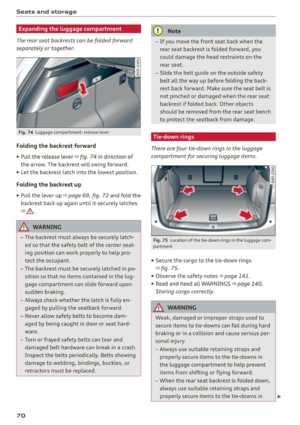 72
72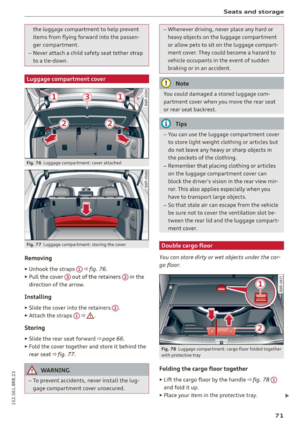 73
73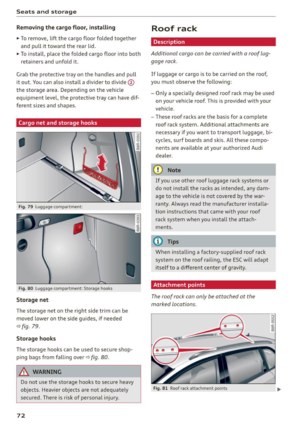 74
74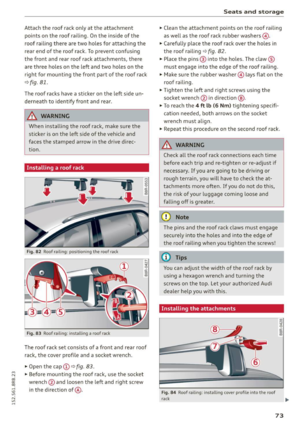 75
75 76
76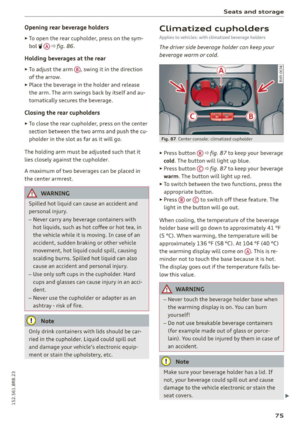 77
77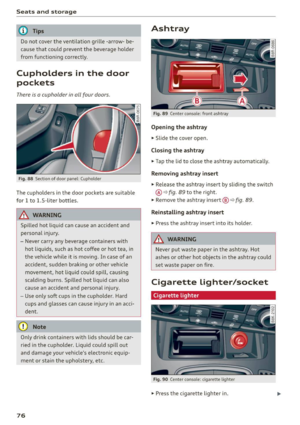 78
78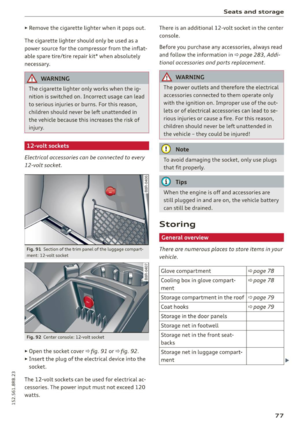 79
79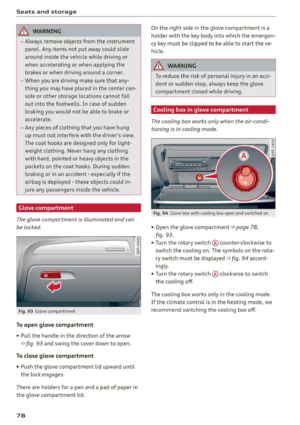 80
80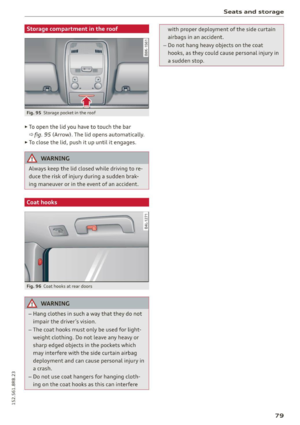 81
81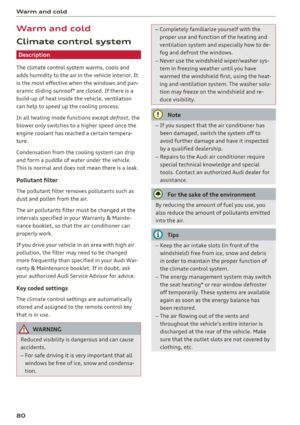 82
82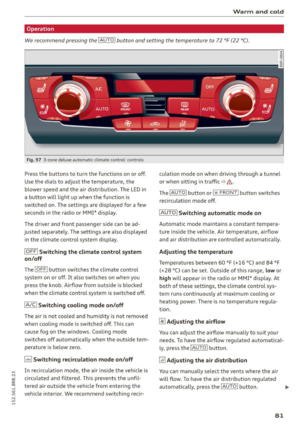 83
83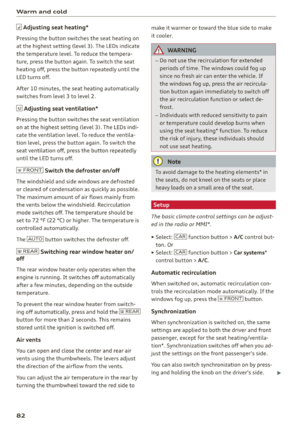 84
84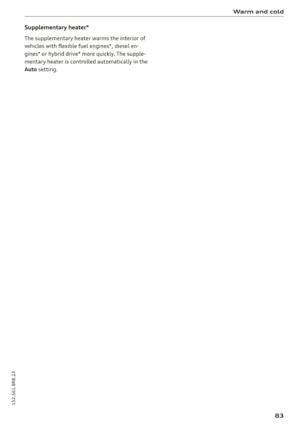 85
85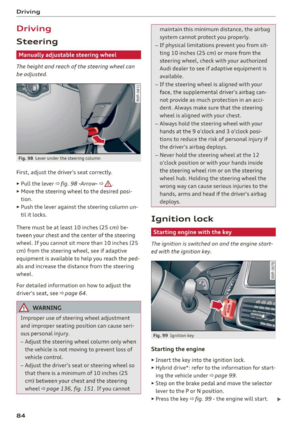 86
86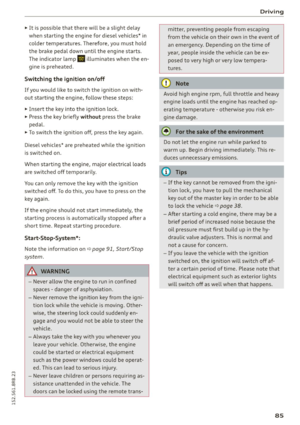 87
87 88
88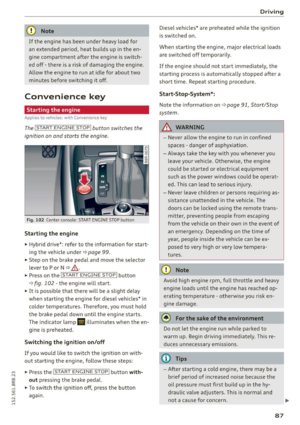 89
89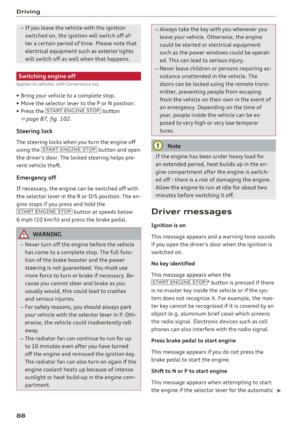 90
90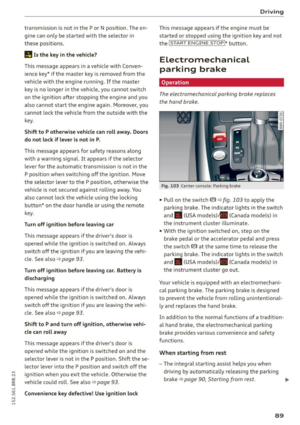 91
91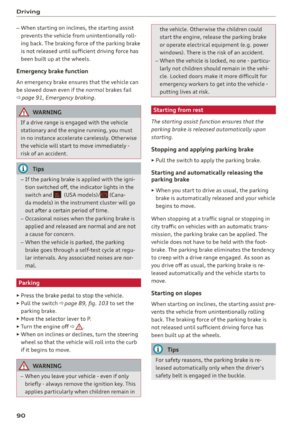 92
92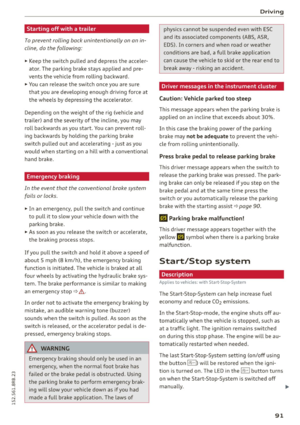 93
93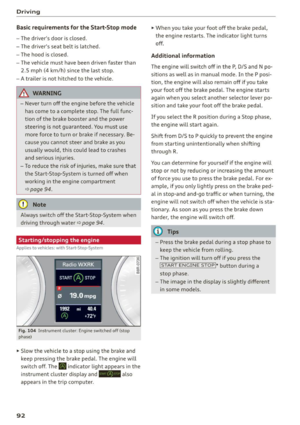 94
94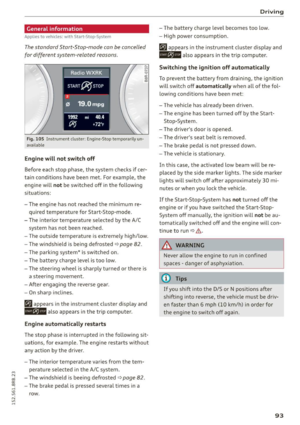 95
95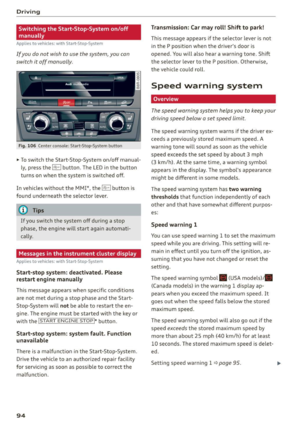 96
96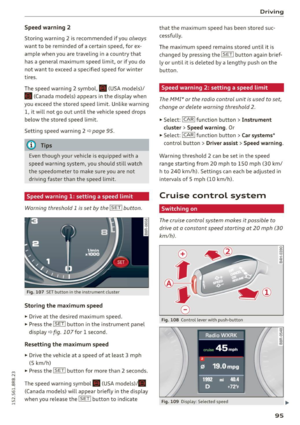 97
97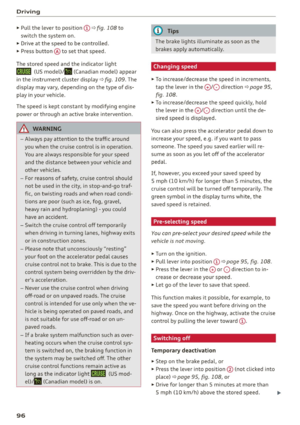 98
98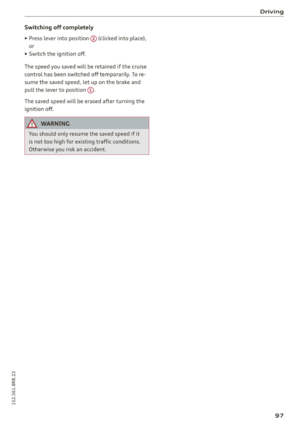 99
99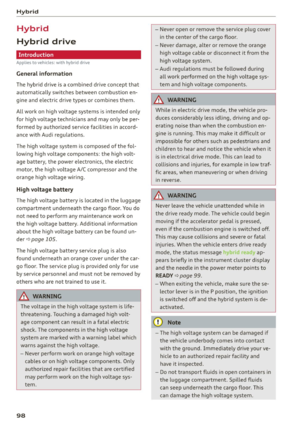 100
100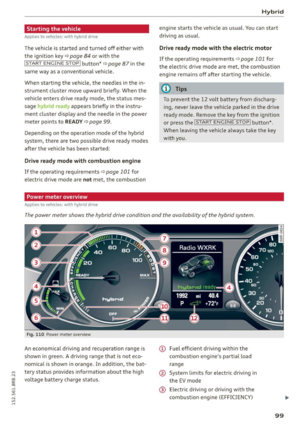 101
101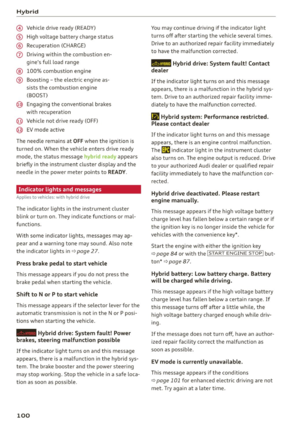 102
102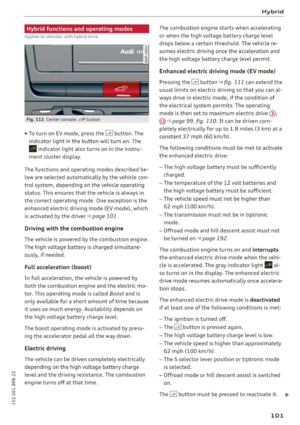 103
103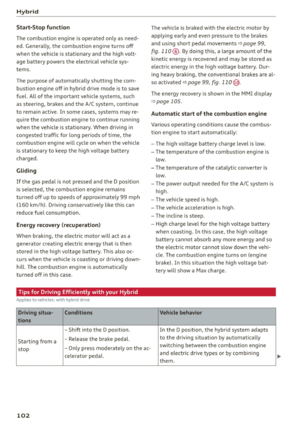 104
104 105
105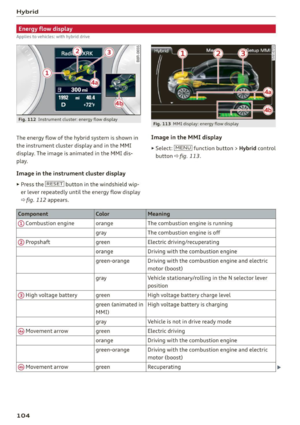 106
106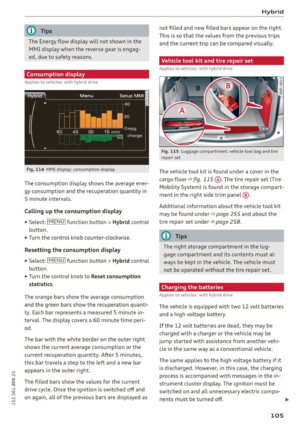 107
107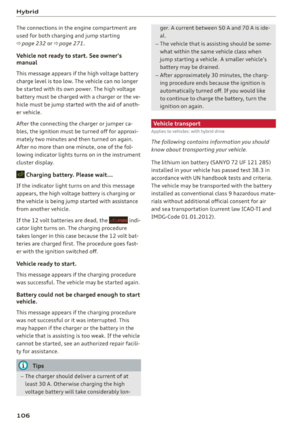 108
108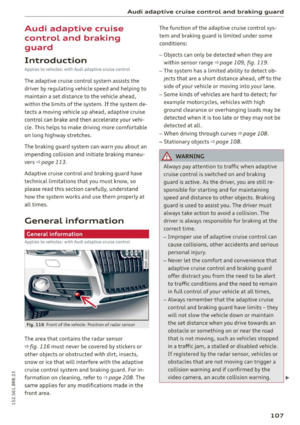 109
109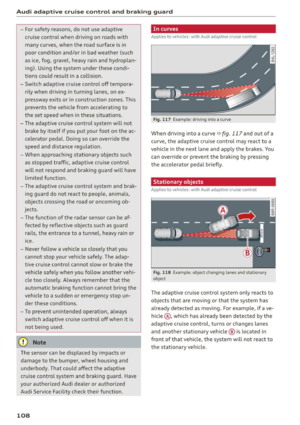 110
110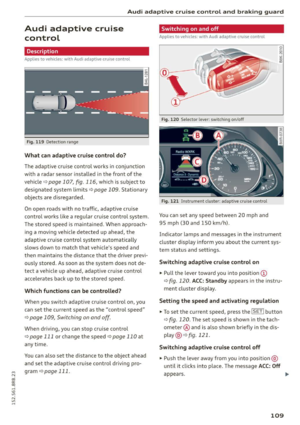 111
111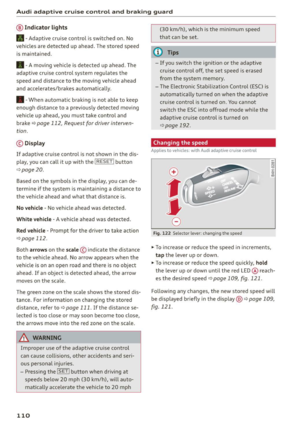 112
112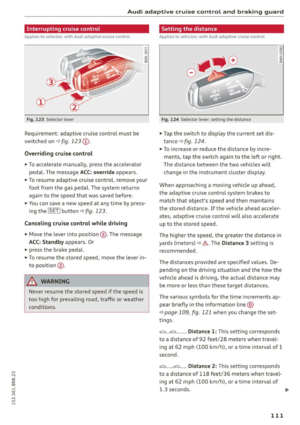 113
113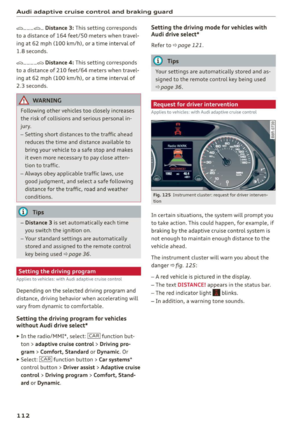 114
114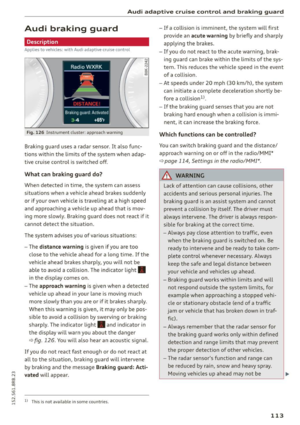 115
115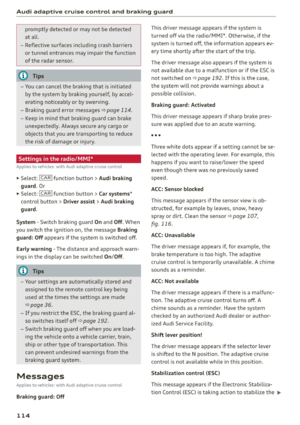 116
116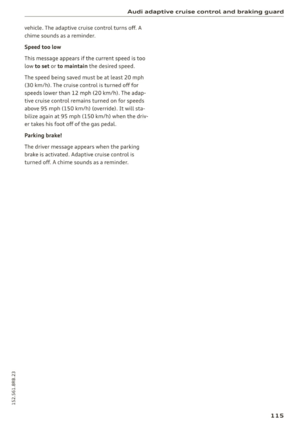 117
117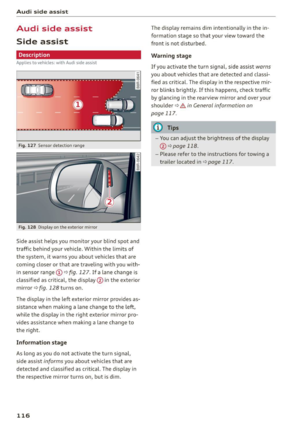 118
118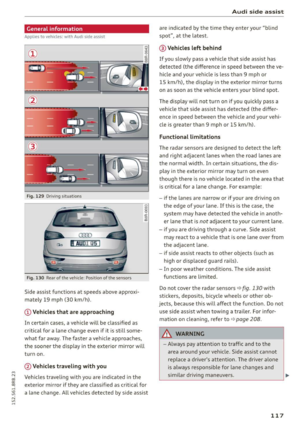 119
119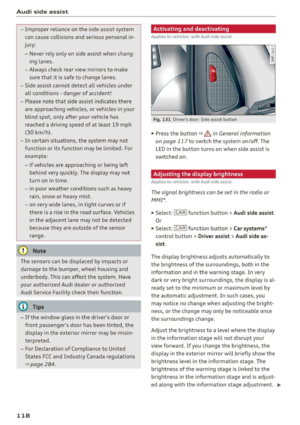 120
120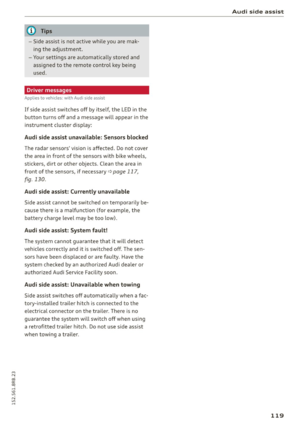 121
121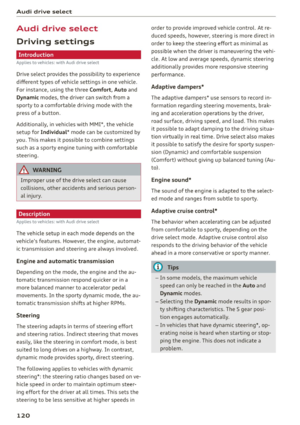 122
122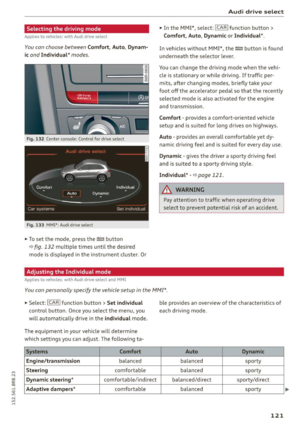 123
123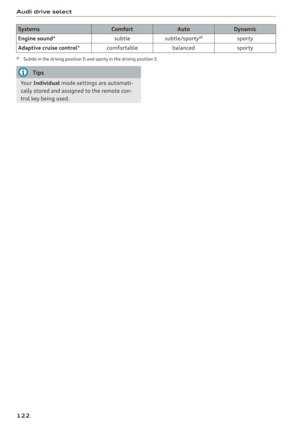 124
124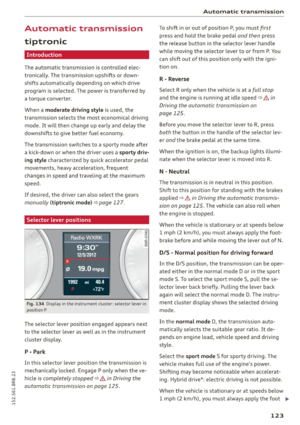 125
125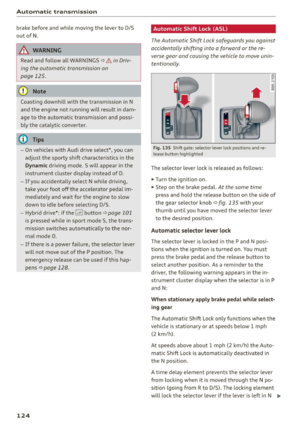 126
126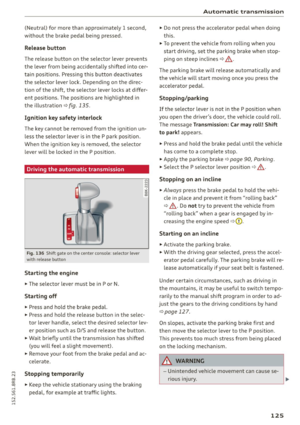 127
127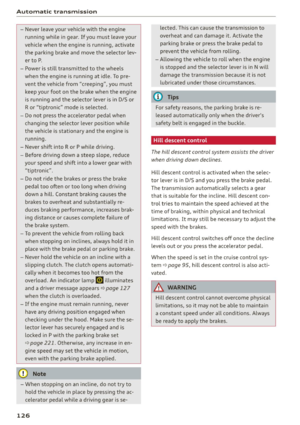 128
128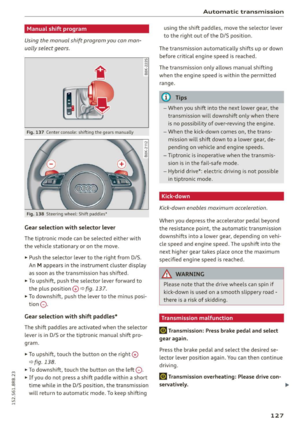 129
129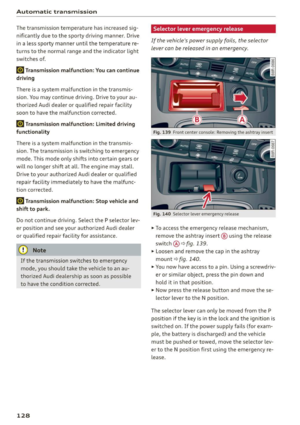 130
130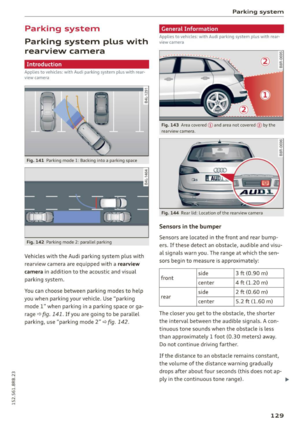 131
131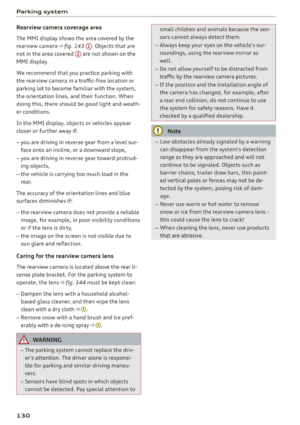 132
132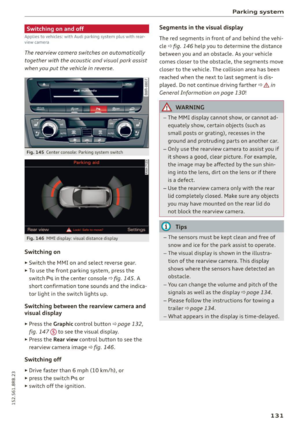 133
133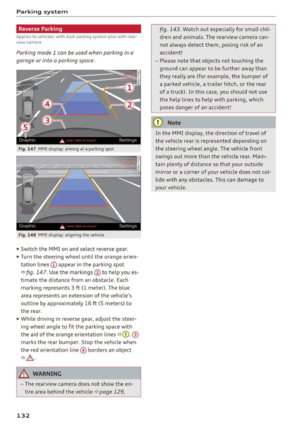 134
134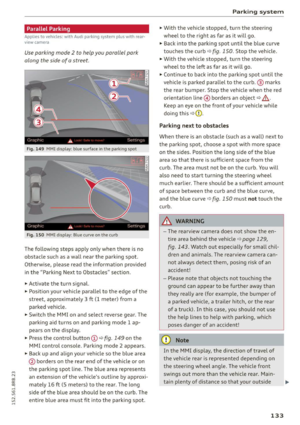 135
135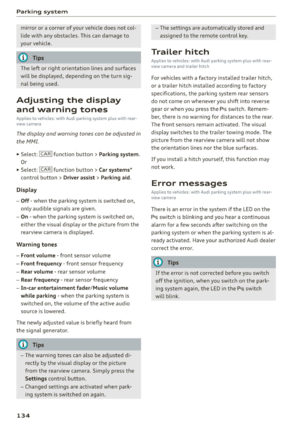 136
136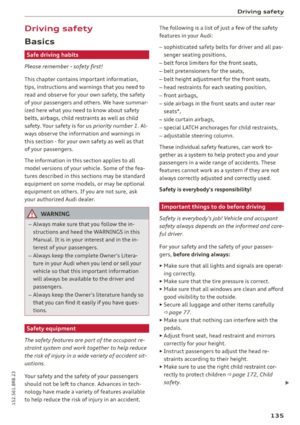 137
137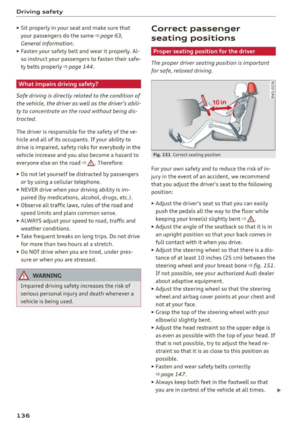 138
138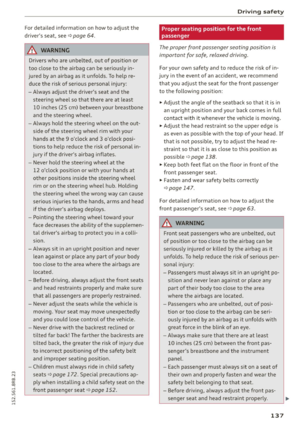 139
139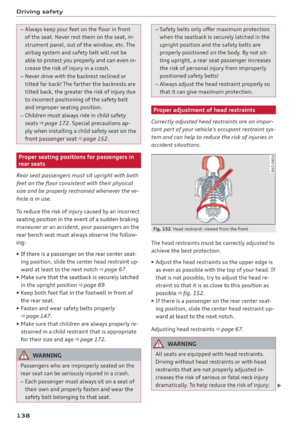 140
140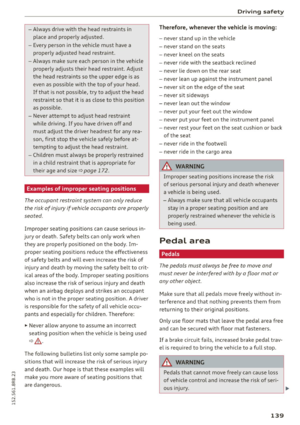 141
141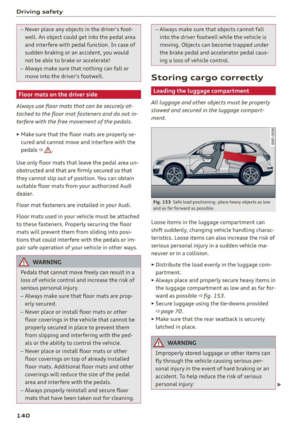 142
142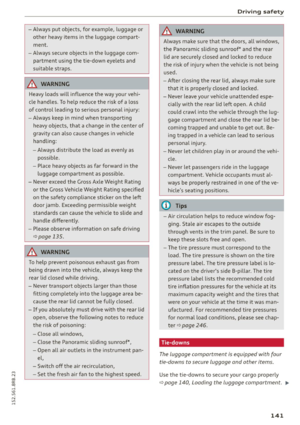 143
143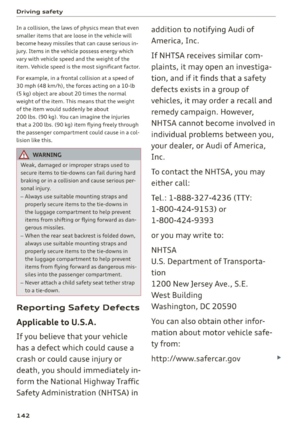 144
144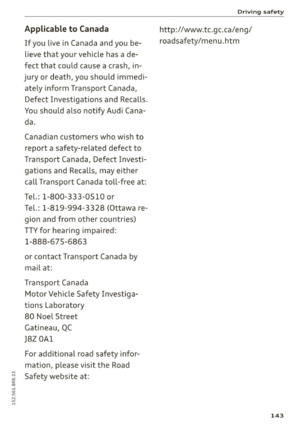 145
145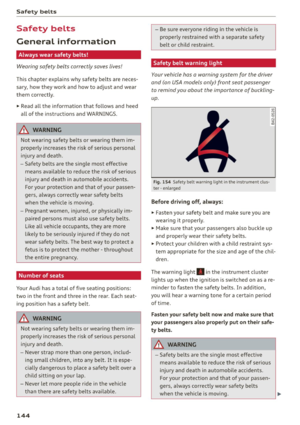 146
146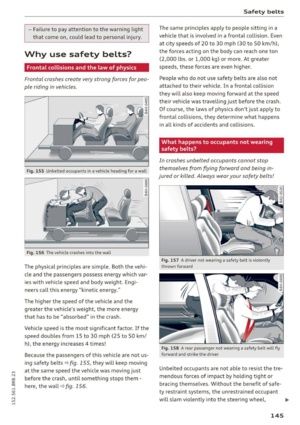 147
147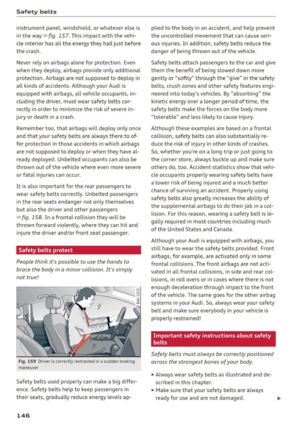 148
148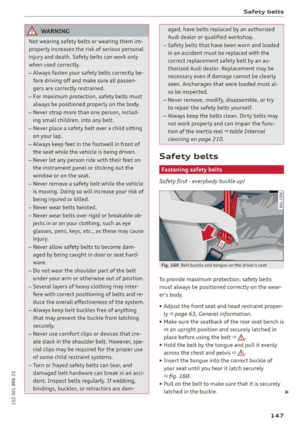 149
149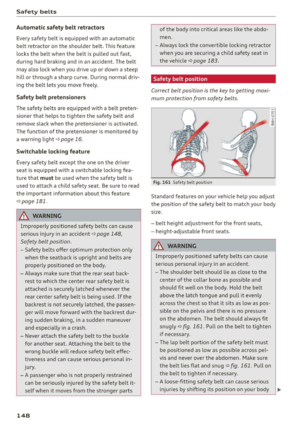 150
150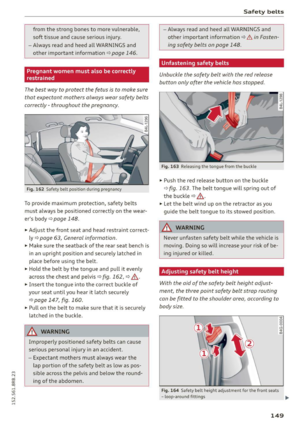 151
151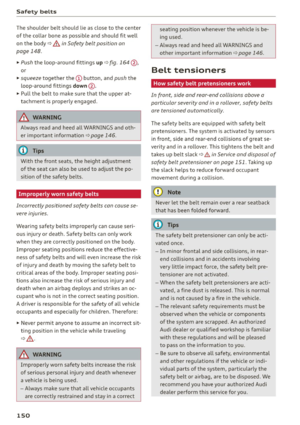 152
152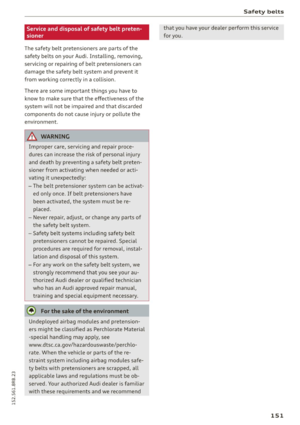 153
153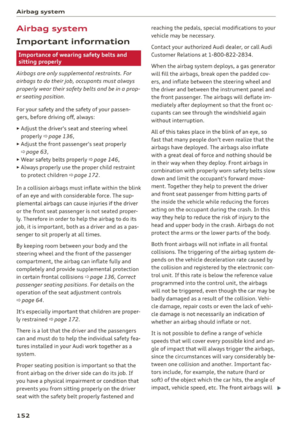 154
154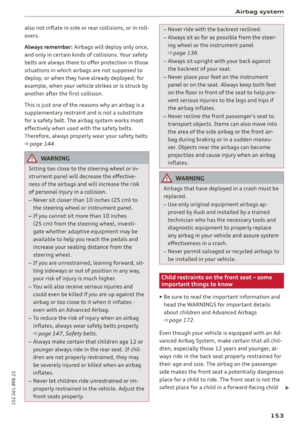 155
155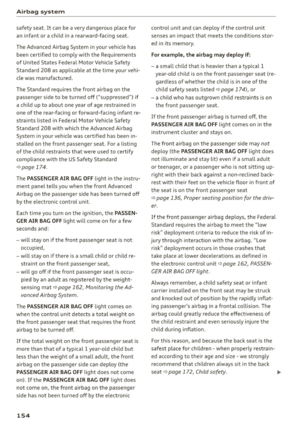 156
156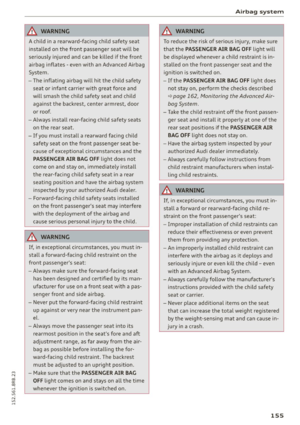 157
157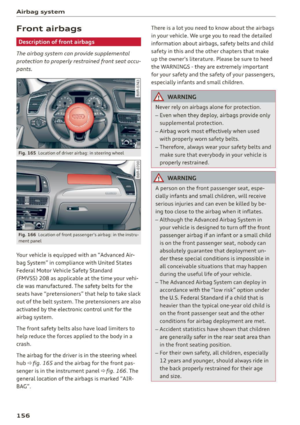 158
158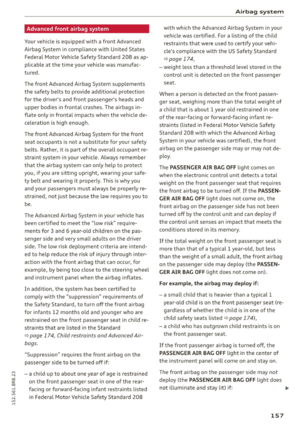 159
159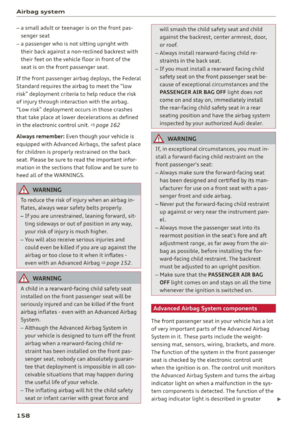 160
160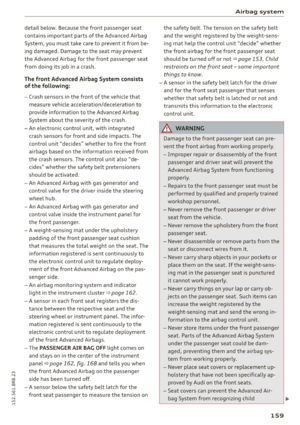 161
161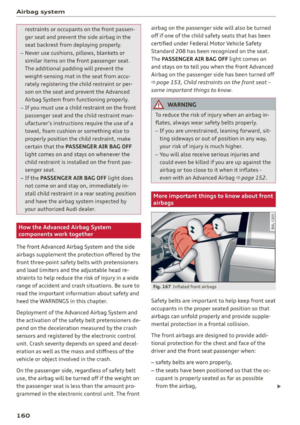 162
162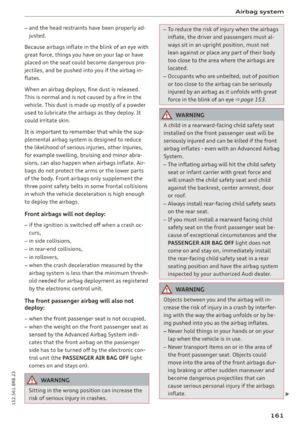 163
163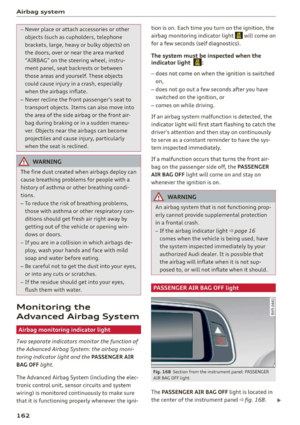 164
164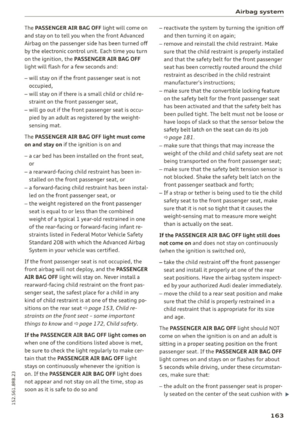 165
165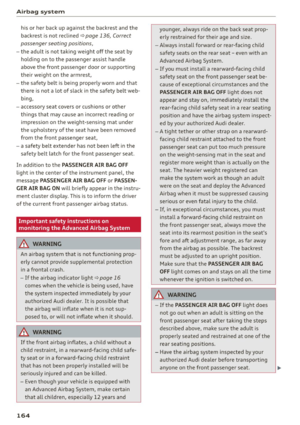 166
166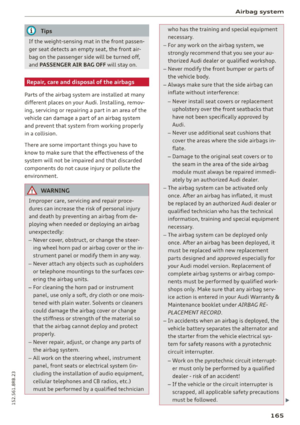 167
167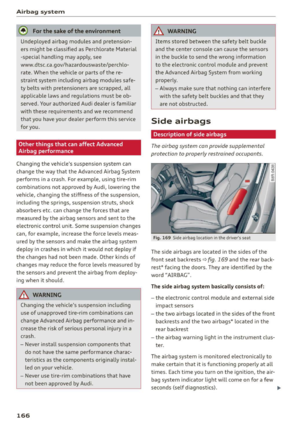 168
168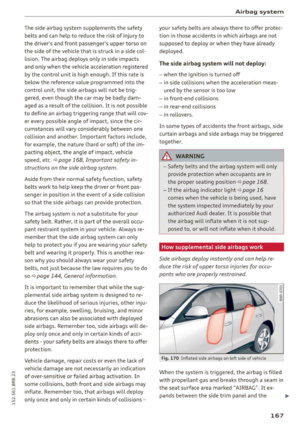 169
169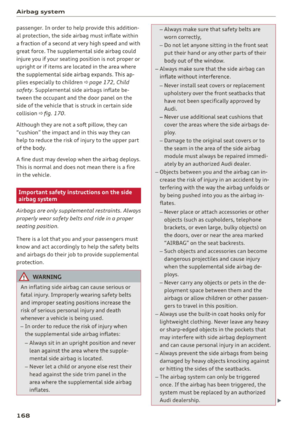 170
170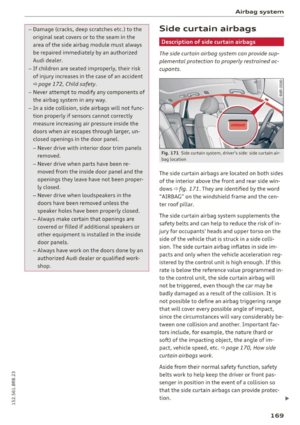 171
171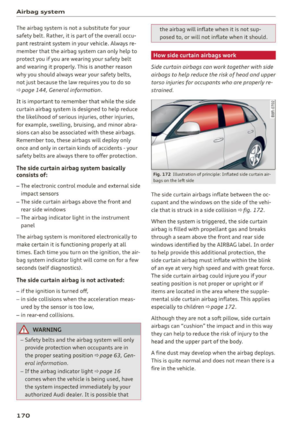 172
172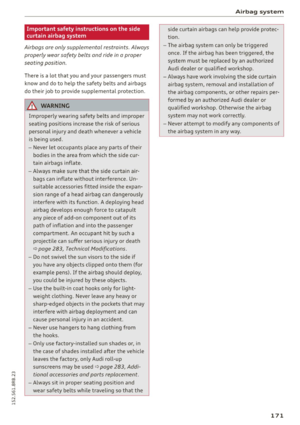 173
173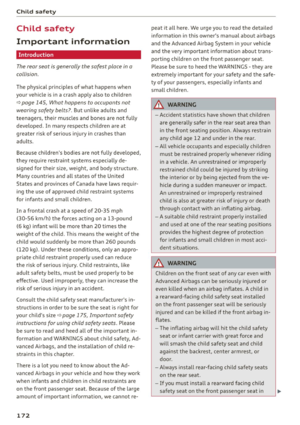 174
174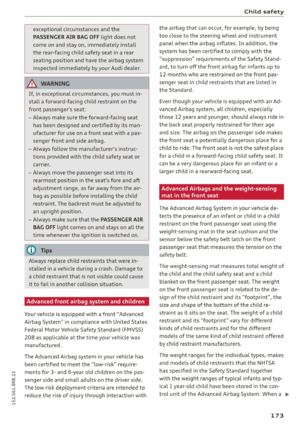 175
175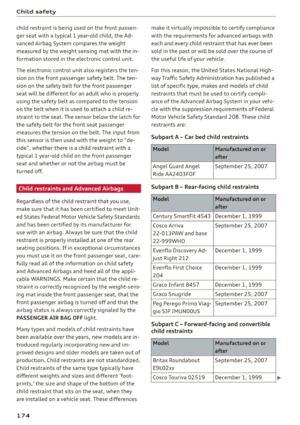 176
176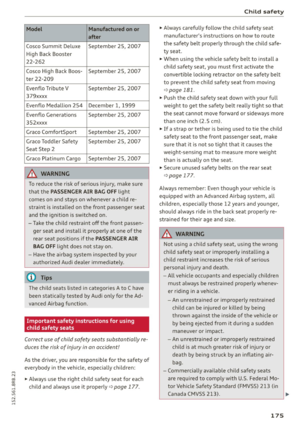 177
177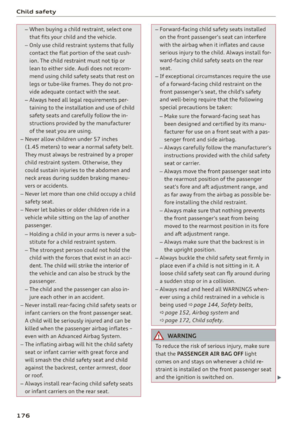 178
178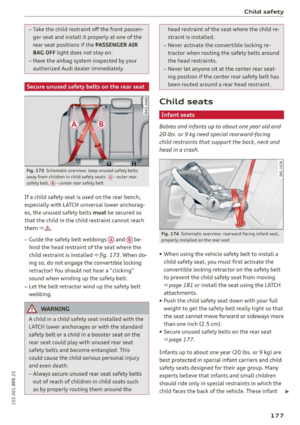 179
179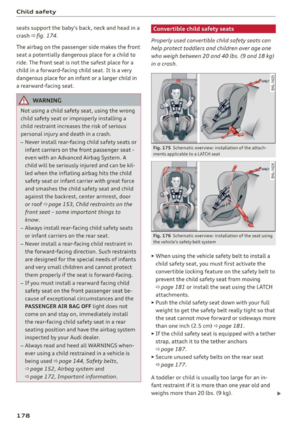 180
180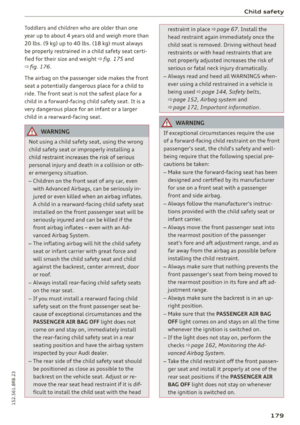 181
181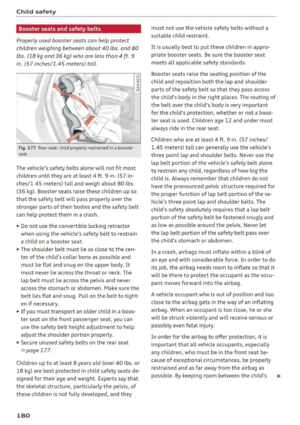 182
182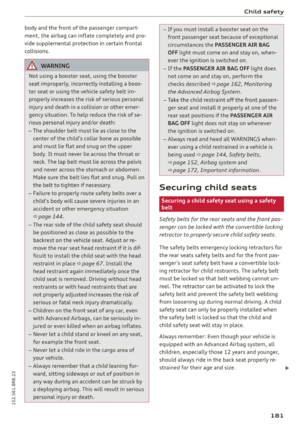 183
183 184
184 185
185 186
186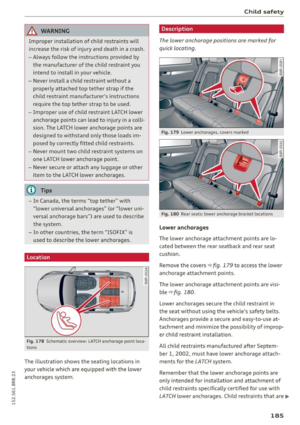 187
187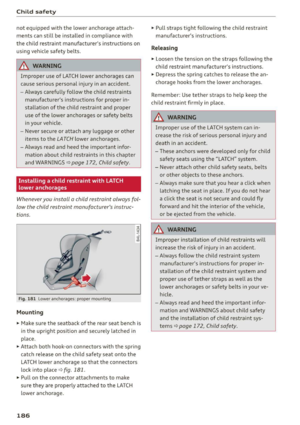 188
188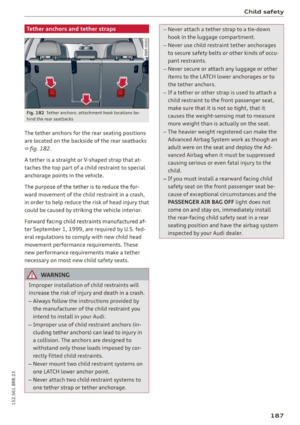 189
189 190
190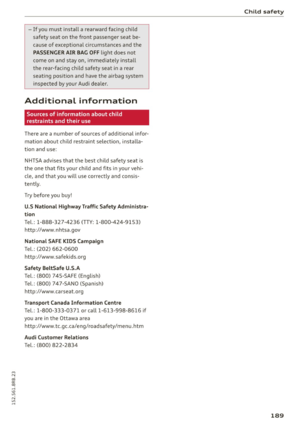 191
191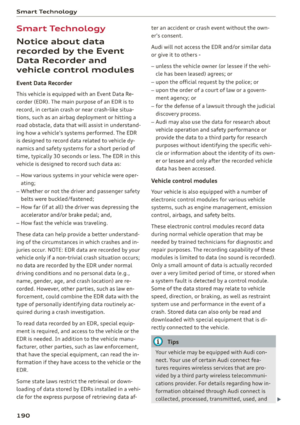 192
192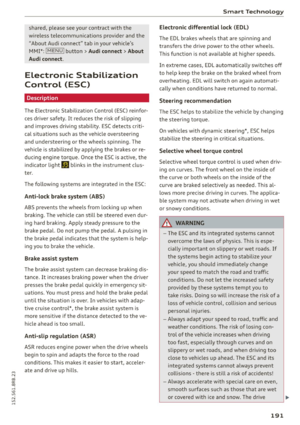 193
193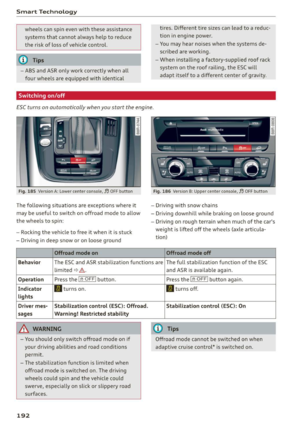 194
194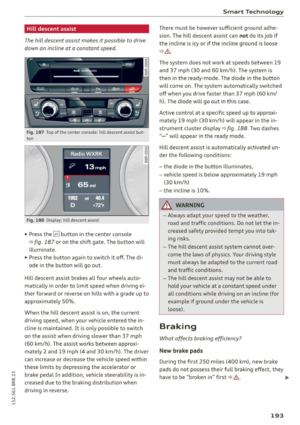 195
195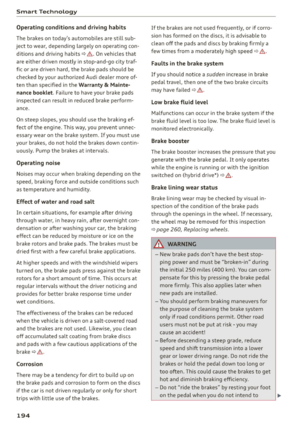 196
196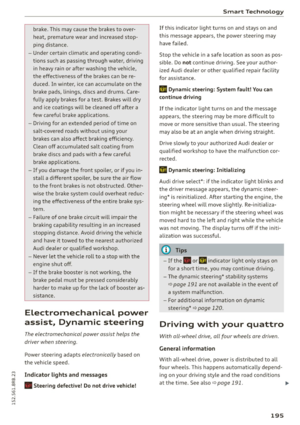 197
197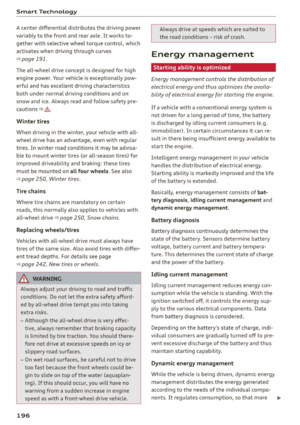 198
198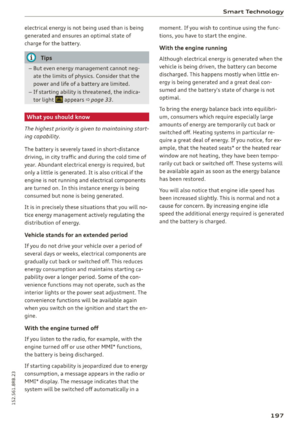 199
199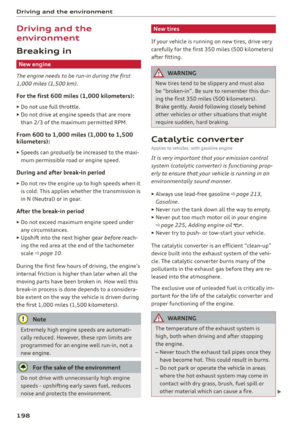 200
200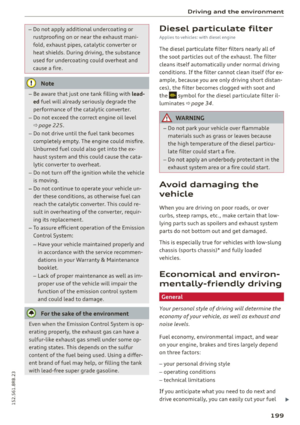 201
201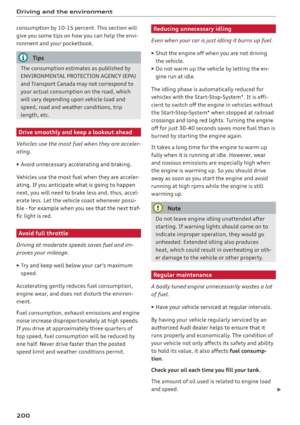 202
202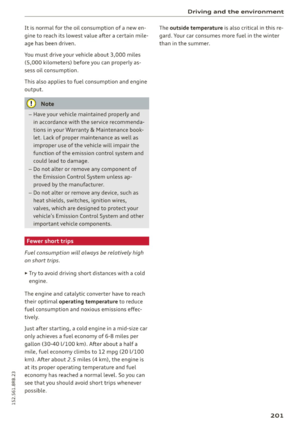 203
203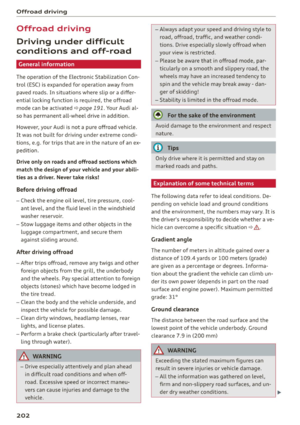 204
204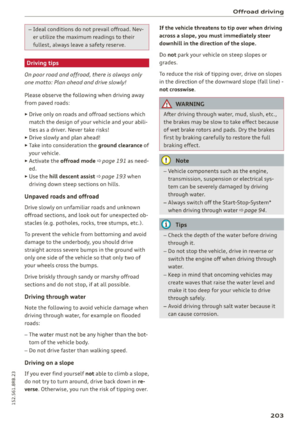 205
205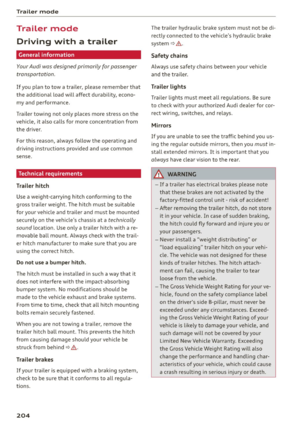 206
206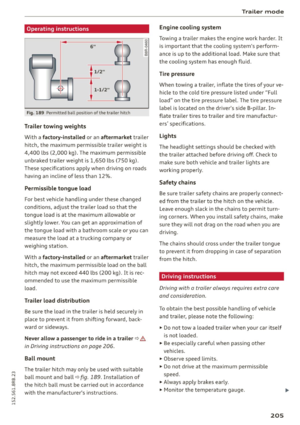 207
207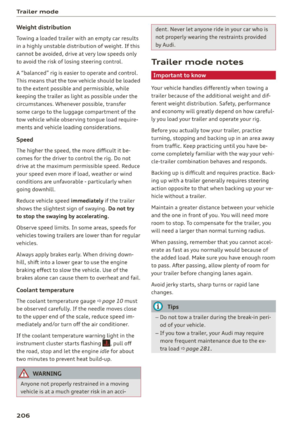 208
208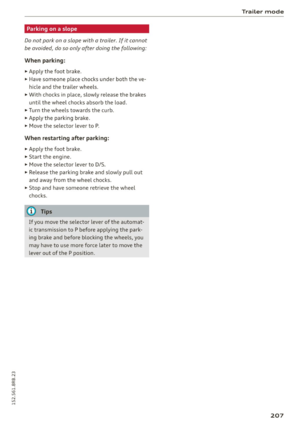 209
209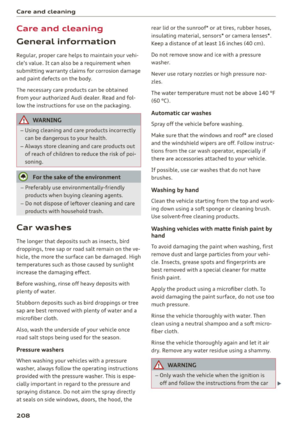 210
210 211
211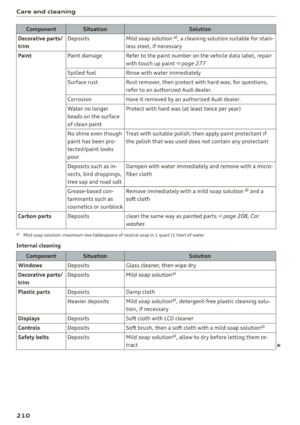 212
212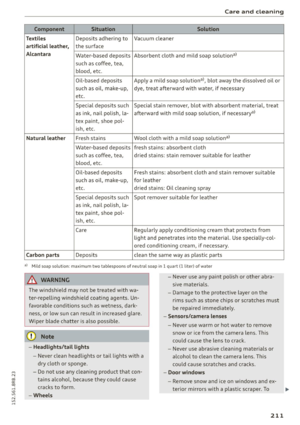 213
213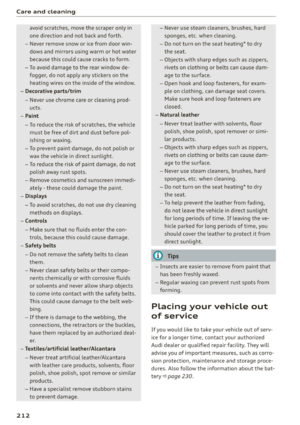 214
214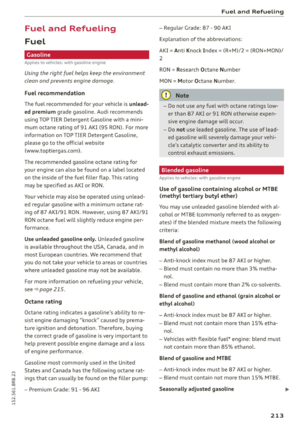 215
215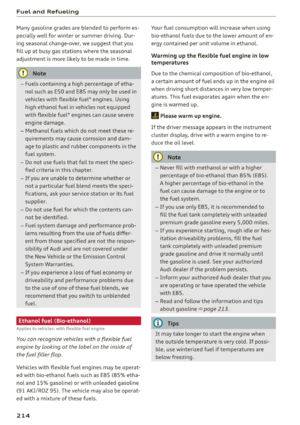 216
216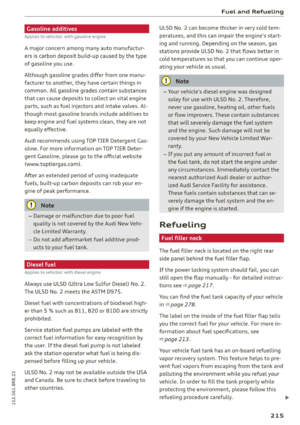 217
217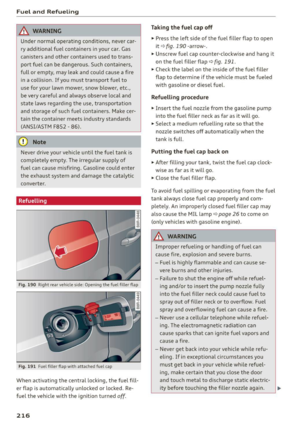 218
218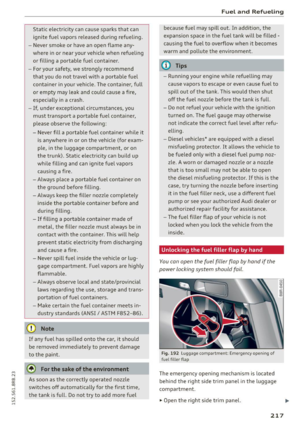 219
219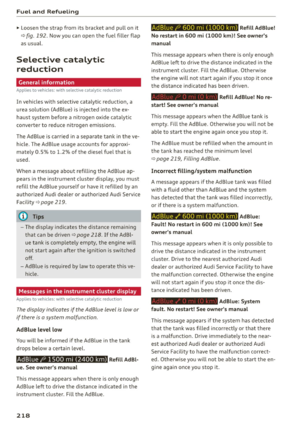 220
220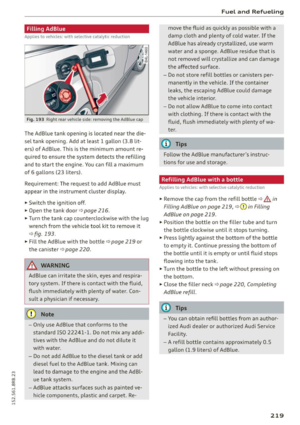 221
221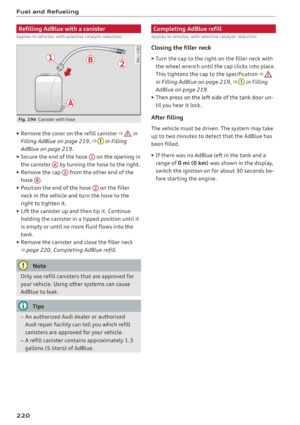 222
222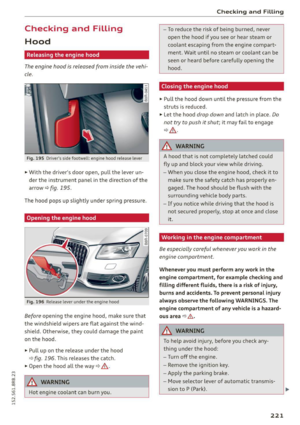 223
223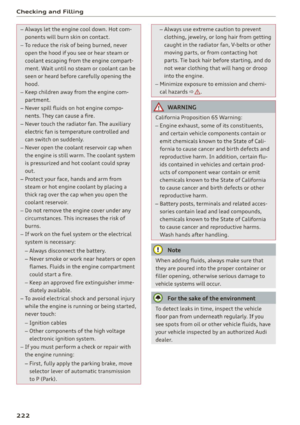 224
224 225
225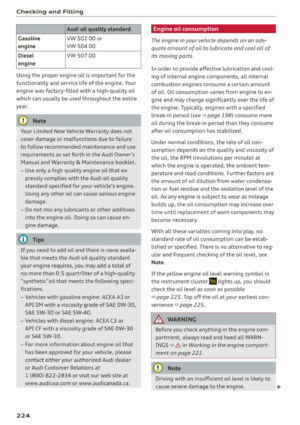 226
226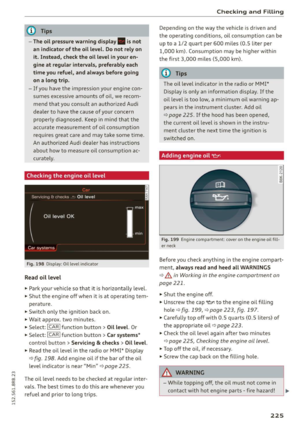 227
227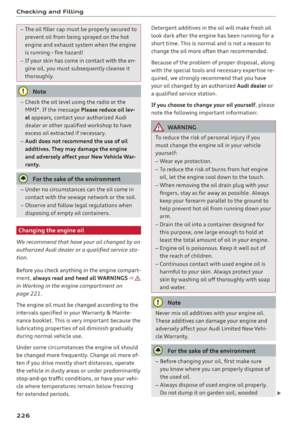 228
228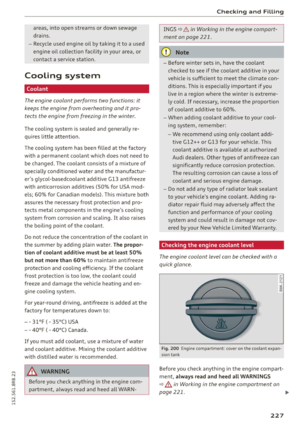 229
229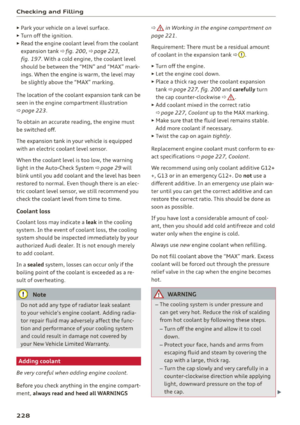 230
230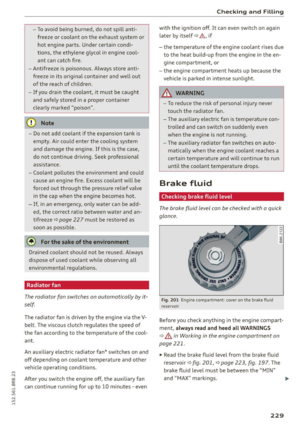 231
231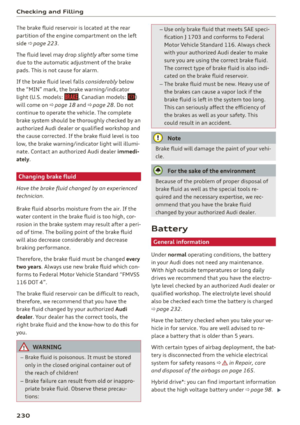 232
232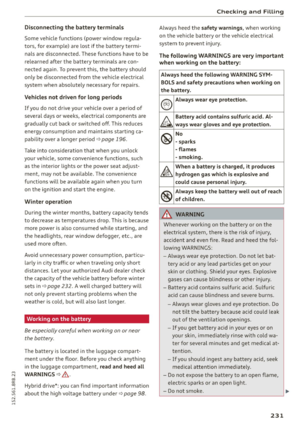 233
233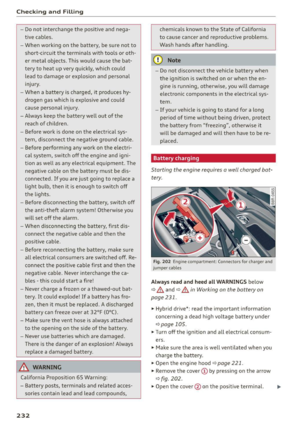 234
234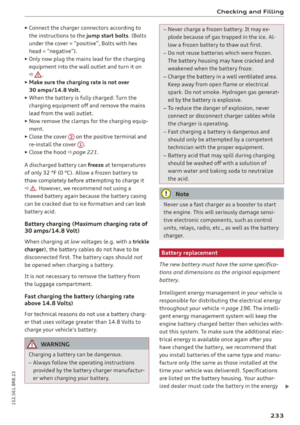 235
235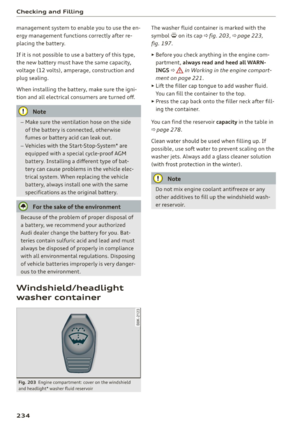 236
236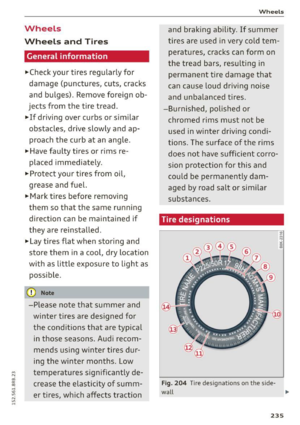 237
237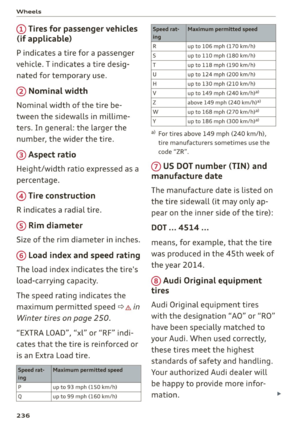 238
238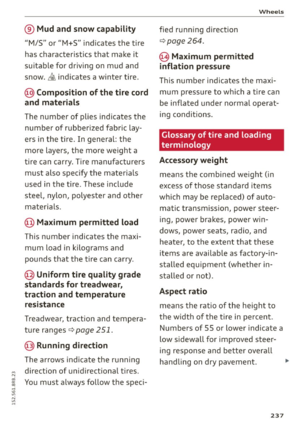 239
239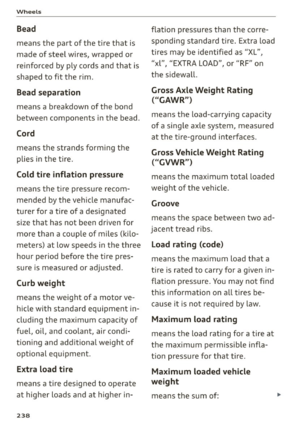 240
240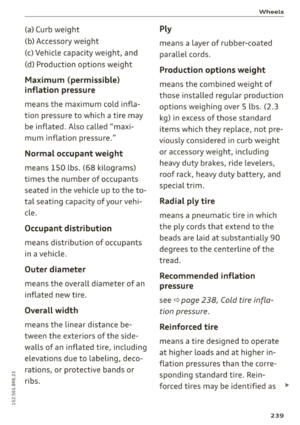 241
241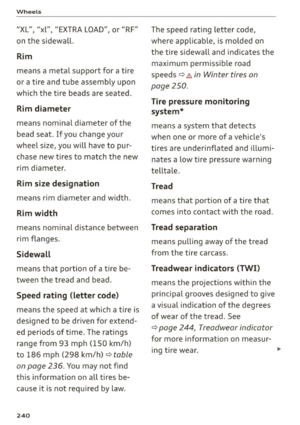 242
242 243
243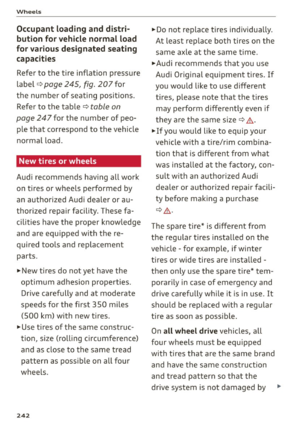 244
244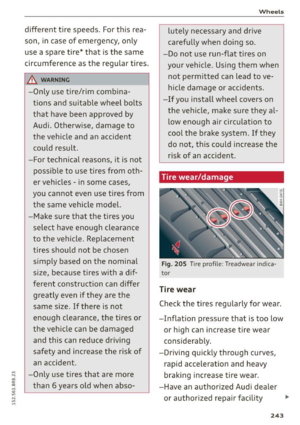 245
245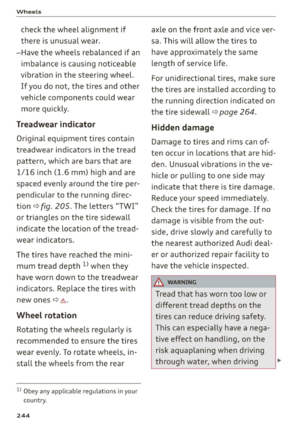 246
246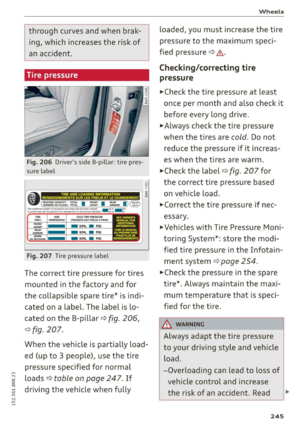 247
247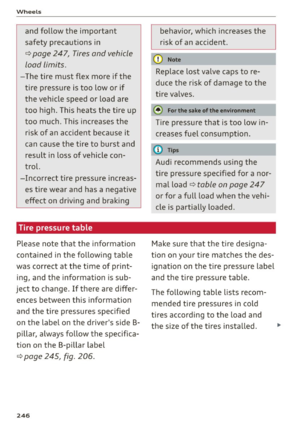 248
248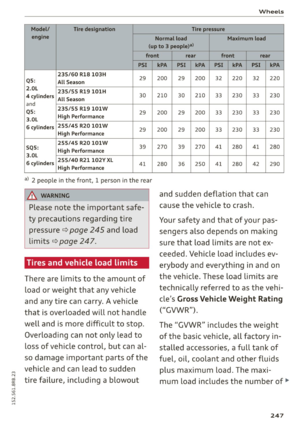 249
249 250
250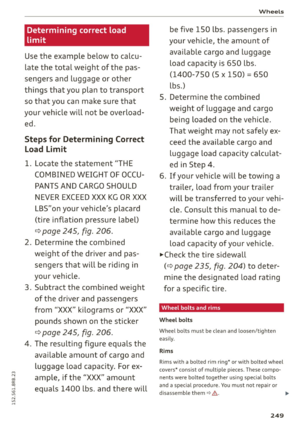 251
251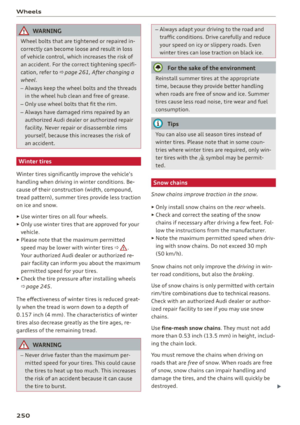 252
252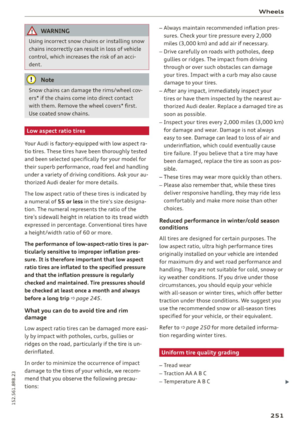 253
253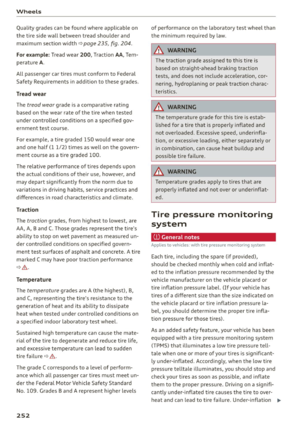 254
254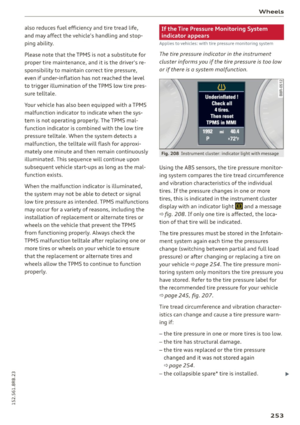 255
255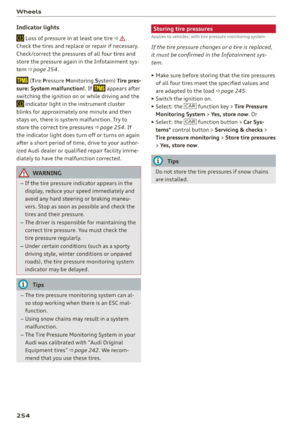 256
256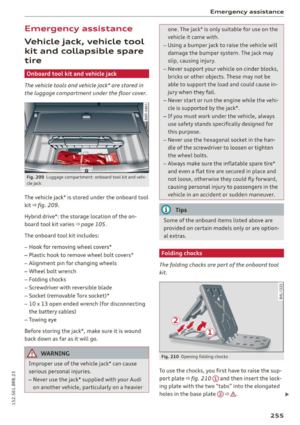 257
257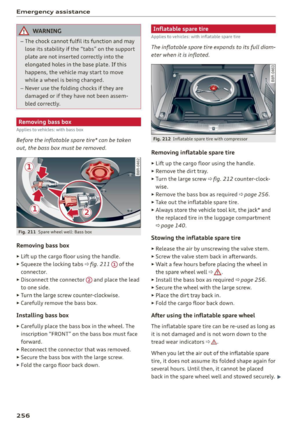 258
258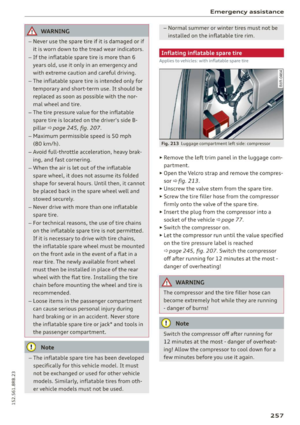 259
259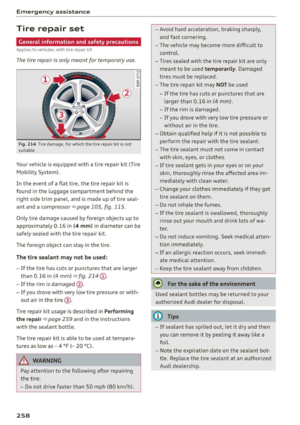 260
260 261
261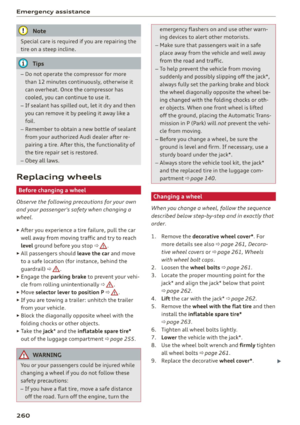 262
262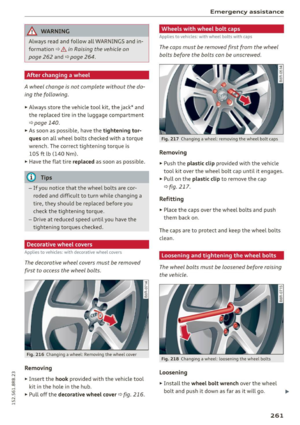 263
263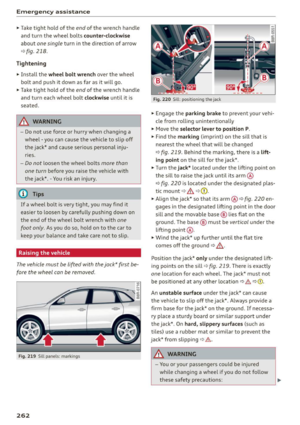 264
264 265
265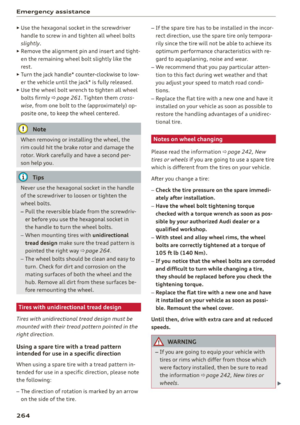 266
266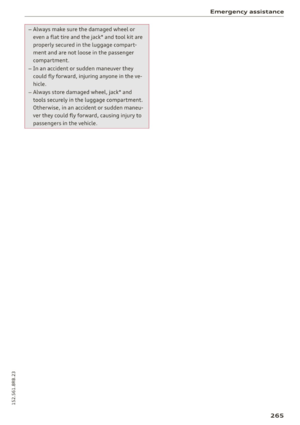 267
267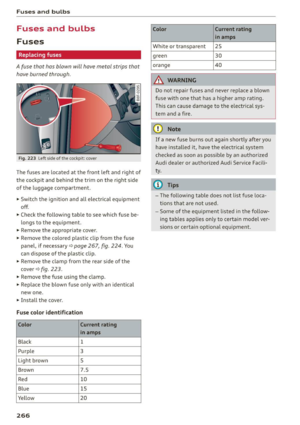 268
268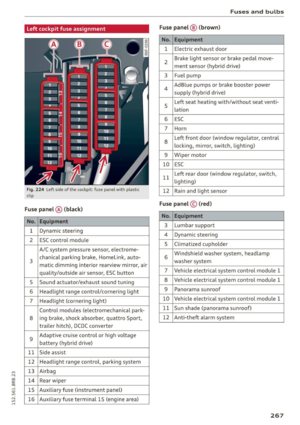 269
269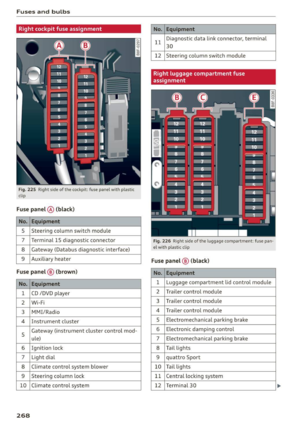 270
270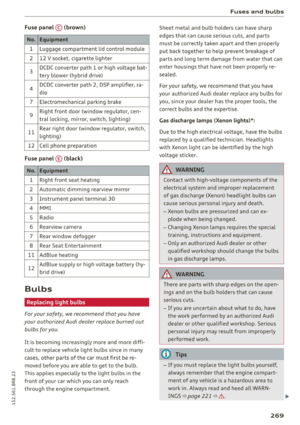 271
271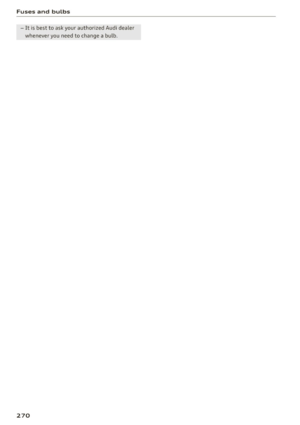 272
272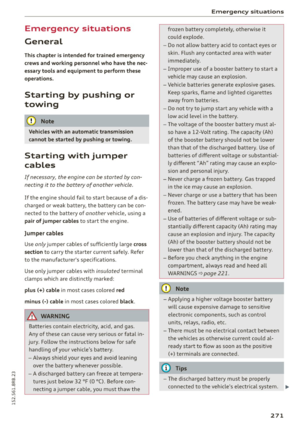 273
273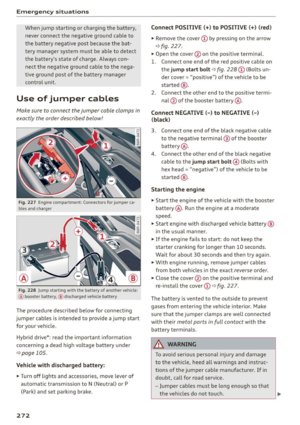 274
274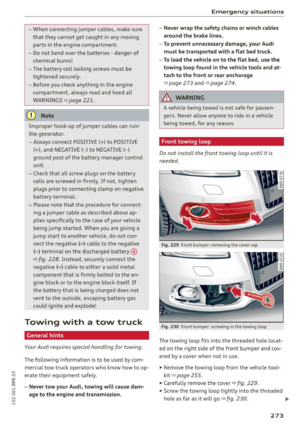 275
275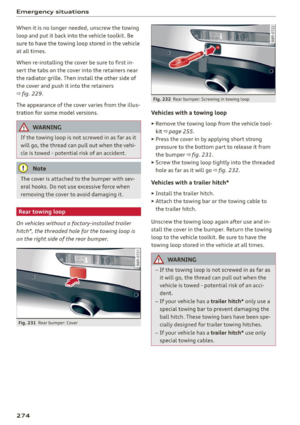 276
276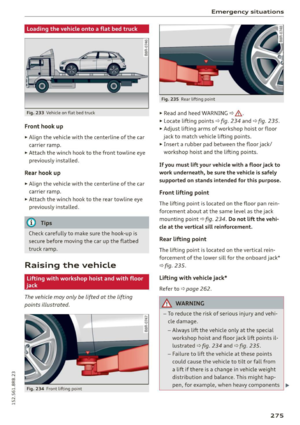 277
277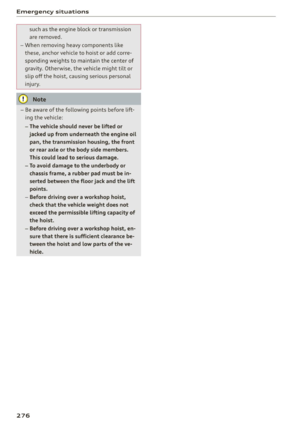 278
278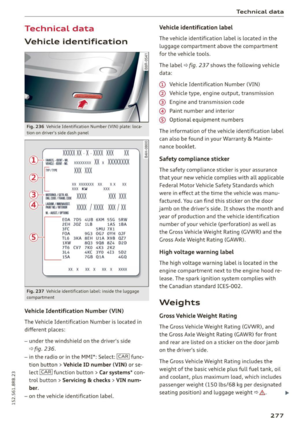 279
279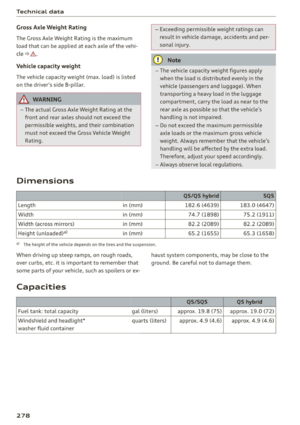 280
280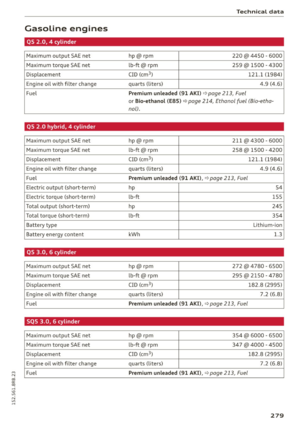 281
281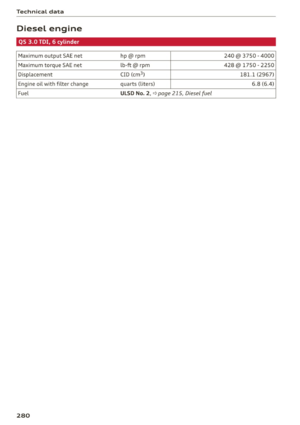 282
282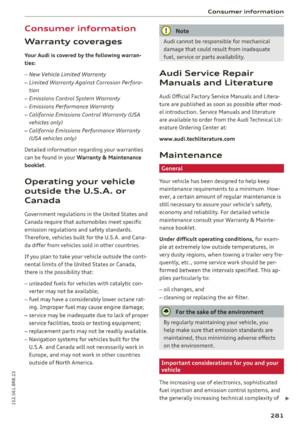 283
283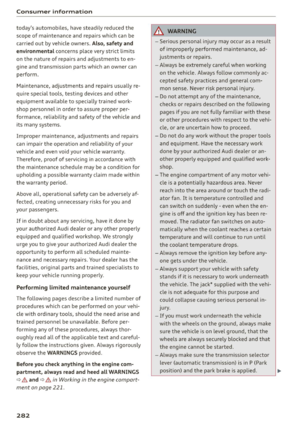 284
284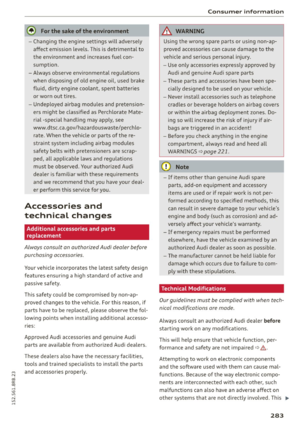 285
285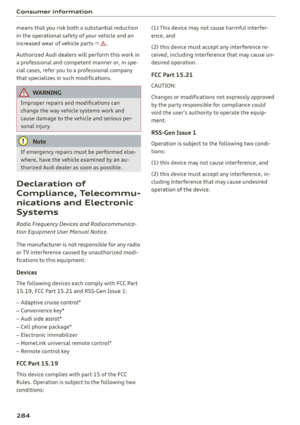 286
286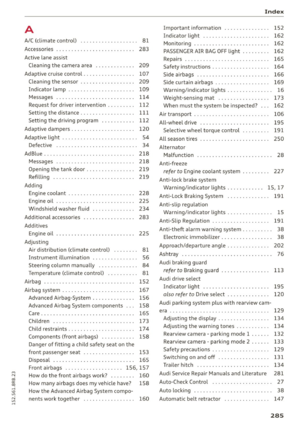 287
287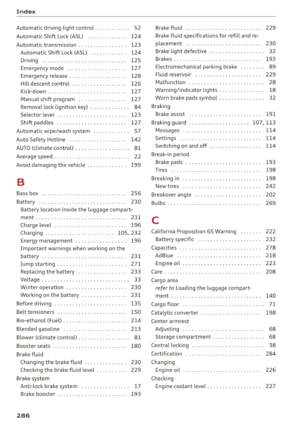 288
288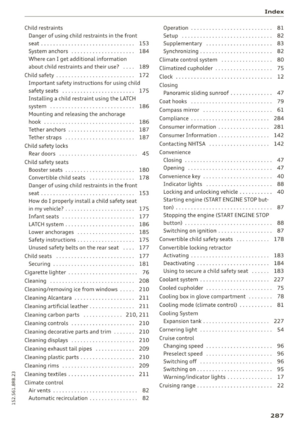 289
289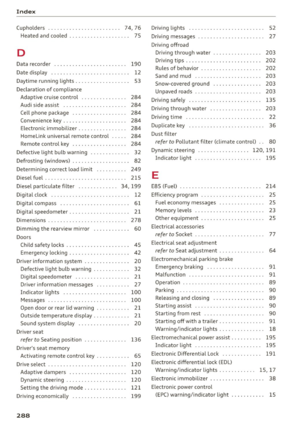 290
290 291
291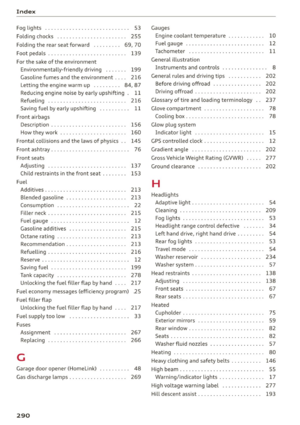 292
292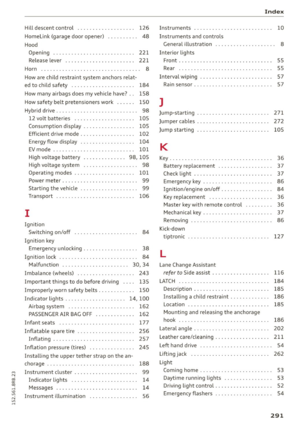 293
293 294
294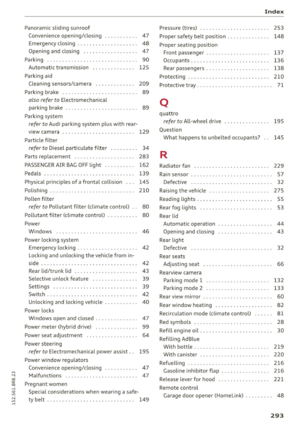 295
295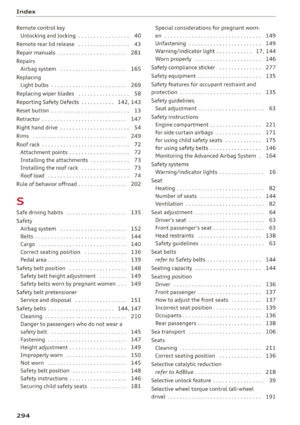 296
296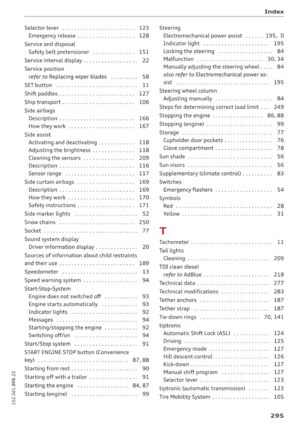 297
297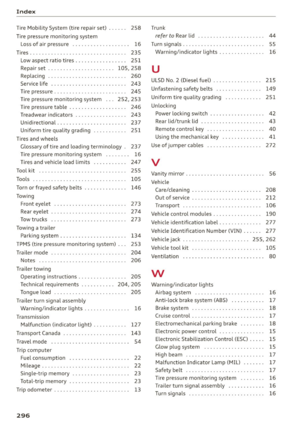 298
298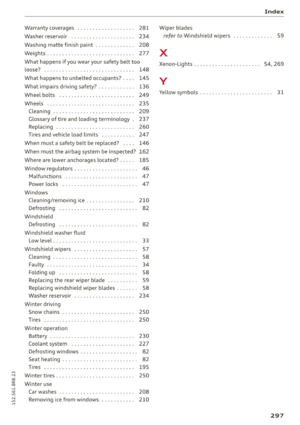 299
299 300
300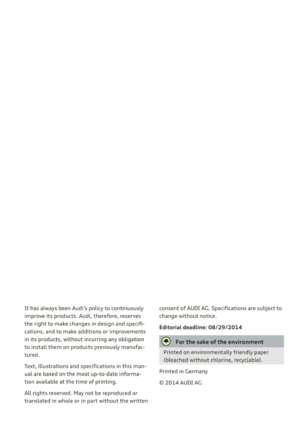 301
301